
In this piece, we are going to look at two 35mm rangefinder lenses produced more than 40 years apart: the W-Nikkor 35mm f/1.8 (1956, Nikon S Mount) and the Konica UC-Hexanon 35mm f/2 (2001, Leica Screw Mount). These lenses are rather unique in rangefinder lens history because of their use of a modified “Xenotar” (or “Biometar”) design. It is assumed, but not officially documented by either company, that Konica used the the W-Nikkor’s design as the inspiration for the lens in its 1993 advanced point-and-shoot the “Hexar AF” and then its limited-edition M39 lenses, the 1990s Konica 35mm f/2 Hexanon and the 2001 UC-Hexanon.
Background
From the 1930s through the 1950s, rangefinder lenses in the 35mm focal length existed in four basic designs: (1) the Zeiss Biogon; (2) the Zeiss Biometar / Xenotar; (3) the more-or-less symmetrical Gauss-type; and (4) the Zeiss Tessar. Here are some of the principal lenses from the era in each category.
“Classic” Zeiss Biogon
| Manufacturer | Model | Mounts | Year |
| Zeiss | 35mm f/2.8 Biogon | Contax | 1936 |
| Zeiss (West Germany) | 35mm f/2.8 Biogon | Contax | 1950 |
| KMZ (Soviet Union) | 35mm f/2.8 Jupiter-12 | Contax / M39 | 1947-50 |
| Cosina Voigtlander | 35mm f/2.5 Color Skopar | Contax / Nikon S / M39 / M | 2000 |
Biometar / Xenotar
| Manufacturer | Model | Mounts | Year |
| Zeiss (East Germany) | 35mm f/2.8 Biometar | Contax | 1950 |
| Nikon | 35mm f/1.8 W-Nikkor | Nikon S / M39 | 1956 |
| Konica | 35mm f/2 Hexanon | M39 | mid-1990s |
| Konica | 35mm f/2 UC-Hexanon | M39 | 2001 |
| Nikon | 35mm f/1.8 W-Nikkor (Reissue) | Nikon S | 2005 |
Symmetrical (or Mostly) Gauss-Type
| Manufacturer | Model | Mounts | Year |
| Zeiss | 35mm f/4.5 Orthometar | Contax | 1937 |
| Leica | 35mm f/3.5 Summaron | M39 / M | 1946 |
| Canon | 35mm f/2.8 Serenar I | M39 | 1951 |
| Nikon | 35mm f/2.5 W-Nikkor | Nikon S / M39 | 1951 |
| Zeiss (West Germany) | 35mm f/3.5 Planar | Contax | 1954 |
| Canon | 35mm f/1.8 | M39 | 1957 |
| Leica | 35mm f/2.8 Summaron | M39 / M | 1958 |
Tessar / Other
| Manufacturer | Model | Design | Mounts | Year |
| Leica | 35mm f/3.5 Elmar | Tessar | M39 | 1931 |
| Zeiss | 35mm f/3.5 Herar | Unique | Contax | 1939 |
| Nikon | 35mm f/3.5 W-Nikkor | Tessar | Nikon S / M39 | 1948 |
From the late 1940s through the 1950s, Nikon produced three lenses in the 35mm focal length with three different designs: (1) the 1948 35mm f/3.5 (Tessar); (2) the 1951 35mm f/2.5 (symmetrical); and (3) the 1956 35mm f/1.8 (modified Xenotar). While it is not clear to what extant that Nikon engineers had studied the existing Zeiss and Leica designs, it can probably be assumed that the company was familiar with these German templates and continued to significantly improve them.
While the 35mm f/3.5 W-Nikkor was not a particularly impressive lens (although competent), the 35mm f/2.5 certainly was and remains so. Faster than the pre-war Zeiss Orthometar, the existing post-war Leica f/3.5 Summaron, and West German Zeiss f/2.8 Biogon, with no focus shift, and with better lens coatings than all three, the f/2.5 was mostly likely until the introduction of the Leica f/2.8 Summaron, the best overall rangefinder lens in the 35mm focal length that was actually widely available.
During September 1956, Nikon introduced the world’s fastest mass-produced lens in the 35mm focal length: the W-Nikkor 35mm f/1.8. Produced primarily in Nikon rangefinder mount until the mid-1960s (@ 7,000 in total), with a smaller number made in Leica screw mount (@ 1,500), over 60 years later the 35mm f/1.8 still remains one of the most sought-after 35mm rangefinder lenses. In 2005. Nikon re-popped the 35mm f/1.8 in Nikon rangefinder mount in connection with its Nikon SP re-issue.
One could hazard an educated guess most immediate ancestor to the W-Nikkor was the East German Zeiss 35mm f/2.8 Biometar. Nikon took a different approach with the 35mm f/1.8 by significantly modifying the Biometar template to add a two-element cemented group at the rear and adding Lathanum glass. The resulting lens was seven elements in five groups instead of five elements in four groups. The addition of the rear cemented group was able to improve spherical aberrations, chromatic aberrations, and coma endemic in wide angle lenses.

Nikon’s interesting modified Xenotar design seemed destined to be lost to camera history. Leica continued to use, and possibly perfect, its mostly-symmetrical 35s in the late 1950s and 1960s, with its excellent, but simple 35/2.8 Summaron and its more complicated 8-element 35mm f/2 Summicron. It would not be until 1961 that Leica would produce a rangefinder lens in the 35mm focal length faster than the W-Nikkor: the 35mm f/1.4 Summilux.
Fast forward to the 1990s. During this time, a growing and competitive segment in photography was the “premium” compact camera. Popular platforms in this new higher-end genre included the Contax T2, the Nikon 35ti, the Yashica T4, and the Leica Minilux. As many of you know, the used prices on these compacts have skyrocketed.
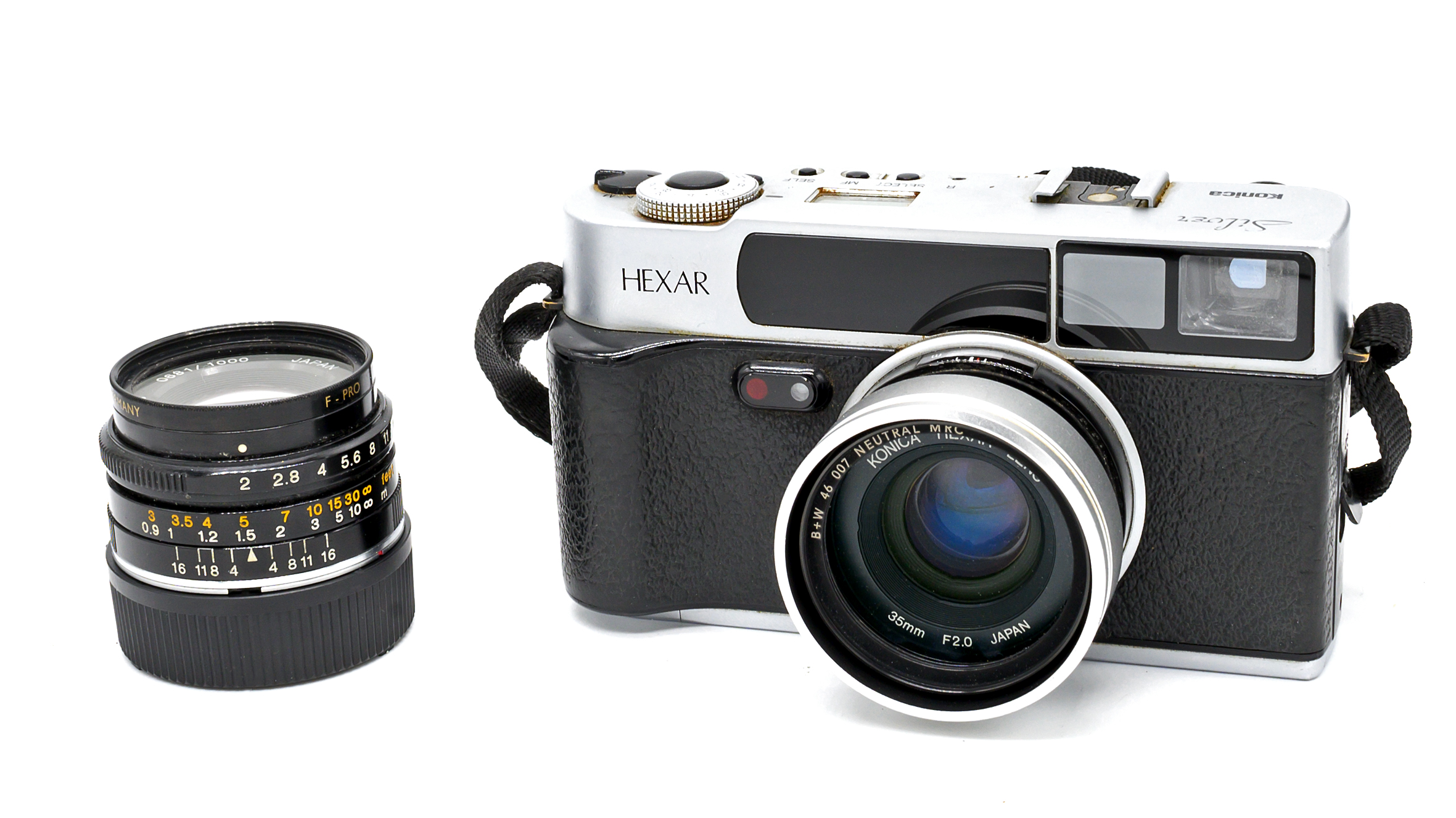
Not to be left behind, Konica’s entry into this market would be the 1993 Hexar AF. In the 1980s, Konica had produced some decently-competitive compact cameras, but none of them on the level as those noted above. The Hexar AF is probably still the most advanced point-and-shoot 35mm film camera ever made. For the Hexar AF lens, Konica chose not to utilize any of its prior f/2.8-3.5 Tessar-style lenses used in its famous C35 and 1980s point-and-shoots. Instead, Konica appears to have chosen the design of the 35/1.8. Konica was no newcomer to rangefinder lenses. In the 1950s, it had produced two outstanding lenses in Leica screw mount, a 50mm f/1.9 (an “Ultron” design during a period when most non-Leica 50s were Sonnar-types) and the now-famous and ungodly expensive 60mm f/1.2.
There are some differences between Konica’s design and the W-Nikkor. The second lens group does not appear to be cemented, and the front element of the rear lens group differs in orientation to the Nikkor. For a reason not expressly explained by the extant literature, Konica designers struggled with the spherical aberration and field curvature in its design. Without offering any unfounded speculation on why this was a problem, Konica decided to “undercorrect” for the spherical aberration. “Undercorrecting” for spherical aberration would exacerbate, inter alia, “focus shift” issues. To solve the problem of the resulting focus shift, the Hexar AF’s autofocus computer would change the focus point at a particular f-stop and distance to compensate. That is a pretty amazing feat — even decades later. Only in the most recent high-end cameras are we seeing computer-based compensation for focus shift.
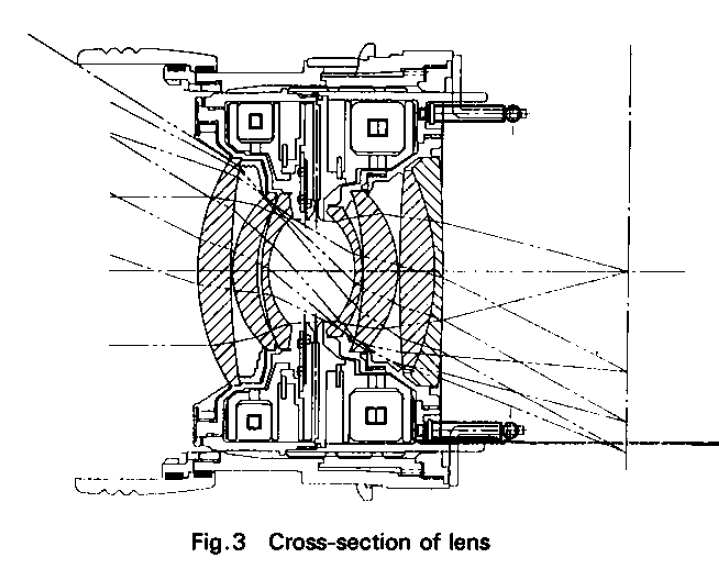
In 1996, at the request of a large camera store in Japan, Konica replicated the 35mm f/2 lens from its Hexar AF in Leica screw mount thread (M39). In 2001, Konica made another run of 1,000 of these lenses — with a beautiful painted brass barrel body, a focusing tab, a click aperture ring in half stops, and multi-coated glass surfaces, superficially resembling Leica’s IV 35/2 Summicron. In this new production batch, Konica revived its iconic “UC” (“ultra-coating”) trademark used for its higher-end 1970s and 1980s SLR lenses. When Konica introduced its M-Hexanon 35mm f/2 for its Hexar RF camera series in the early 2000s, it was of a completely different, yet more conventional, design.
Specifications
| 35mm f/1.8 W-Nikkor | 35mm f/2 UC-Hexanon | |
 | 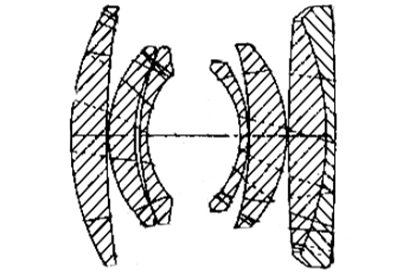 | |
| Year Introduced | 1956 | 2001 |
| Lens Mount | Nikon S & M39 | M39 |
| Number Produced | @ 8,500 | @ 1,000 |
| Optical Design | 7 elements, 5 groups | 7 elements, 6 groups |
| Aperture | f/1.8 to f/22 (Full Clicks) | f/2 to f/16 (Half Clicks) |
| Aperture Blades | 9 | 10 |
| Minimum Focus | 0.9m | 0.9m |
| Filter Size | 43mm x 0.50m | 43mm x 0.75m |
| Weight | 160g | 132g |
Some Comparisons
A burning question for me has always been whether Konica’s take actually improves upon the Nikon design. It must be remembered that Konica designed the lens for use in an advanced point-and-shoot and did not originally design the UC Hexanon as an interchangeable rangefinder lens.
From a physical and ergonomic perspective, both lenses are quite stunning. The W-Nikkor has weight and substance, has an intuitive scalloped focusing ring, and an aperture ring that is easy to see. If you have never used a Nikon RF lens, you may be surprised that as you focus the lens, the entire barrel moves, along with the aperture selection ring. The UC Hexanon’s black-painted brass barrel, click-aperture function, and focusing tab make it feel and operate more like a modern Leica M-mount lens.
Because we cannot look at these two lenses in a vacuum without a point of reference, for the f/2 and f/2.5 shots, we are going to throw a few others lenses into the mix: the Voigtlander 35mm f/2.5 Color Skopar II (2004), the Konica 35mm f/2 AR Hexanon, and the 35mm f/1.8 AF-S G Nikon lens. We are not going to test all five against each other at all apertures because you can assume as the aperture stops down, performance will only get better from wide open.
We are going to use a Nikon Z6 in aperture priority mode ith all automatic corrections turned off and then with color removed (as the subject matter is not color). Remember that although mirrorless is a pretty good way of assessing the raw performance of lenses, four of the five lenses were designed for film use, and the AF-S lens was designed for digital SLRs (but also works on film cameras, obviously). Click on the images below to see them at a larger size (4500 pixels).
f/2
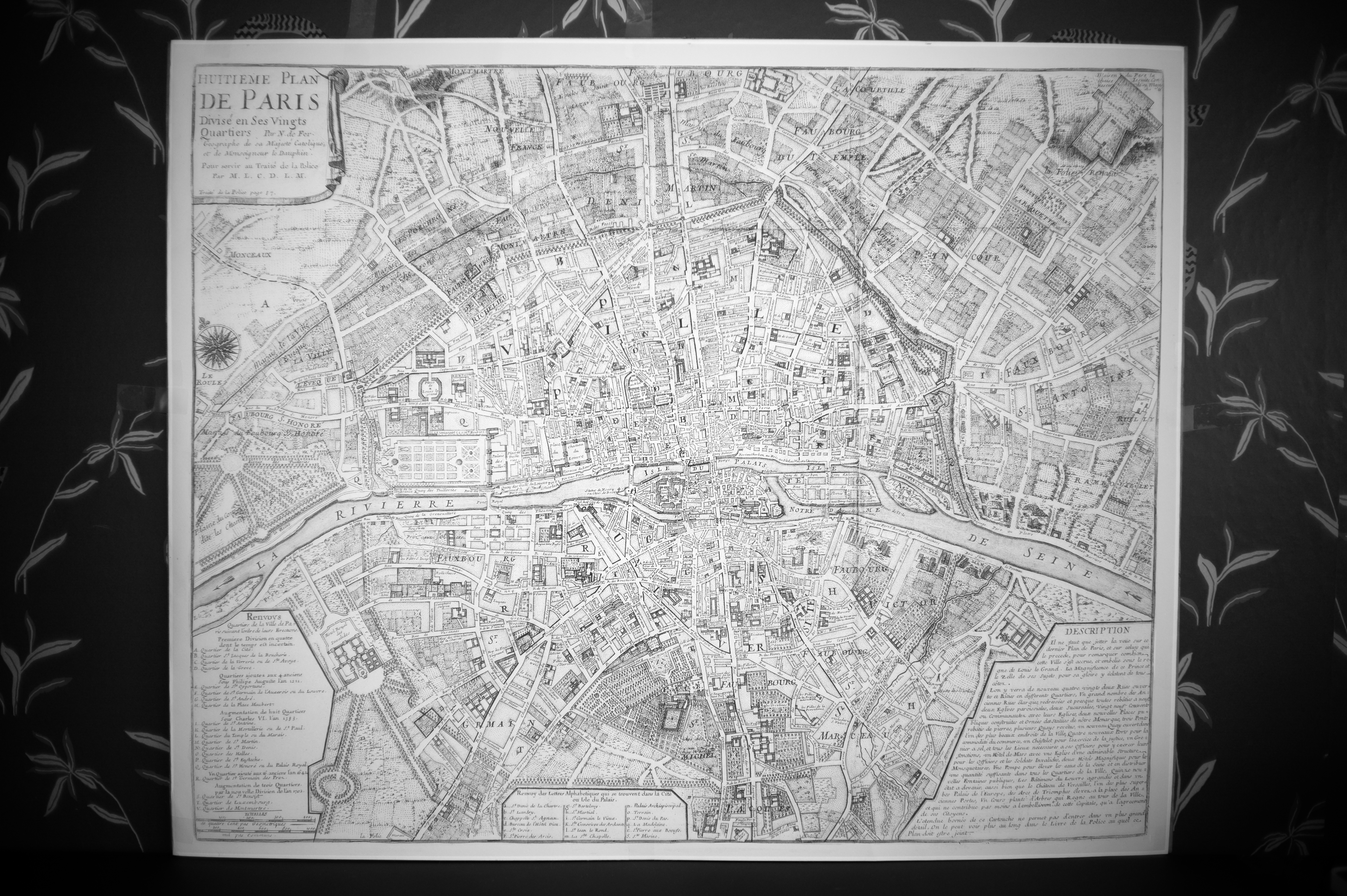
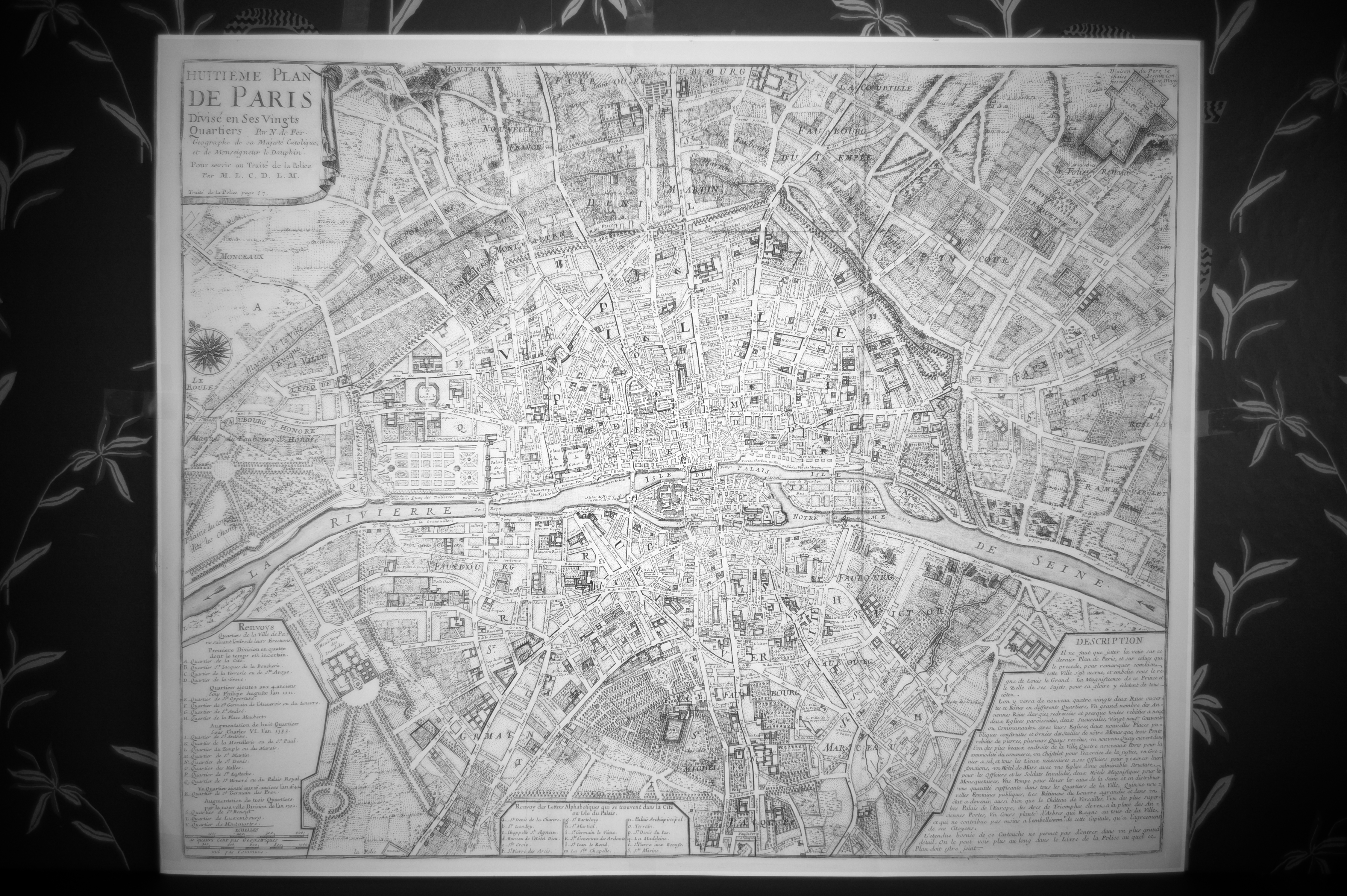
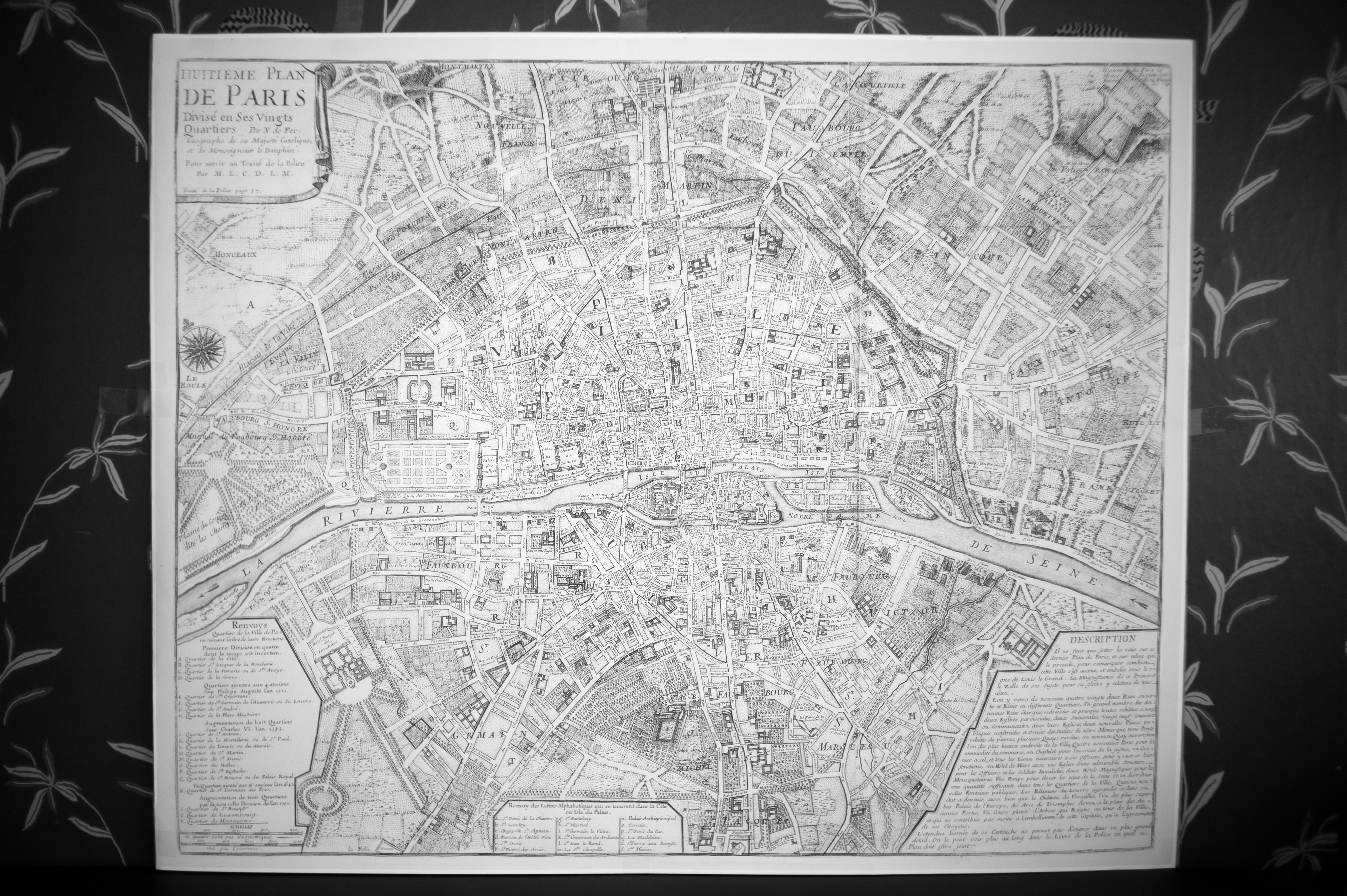
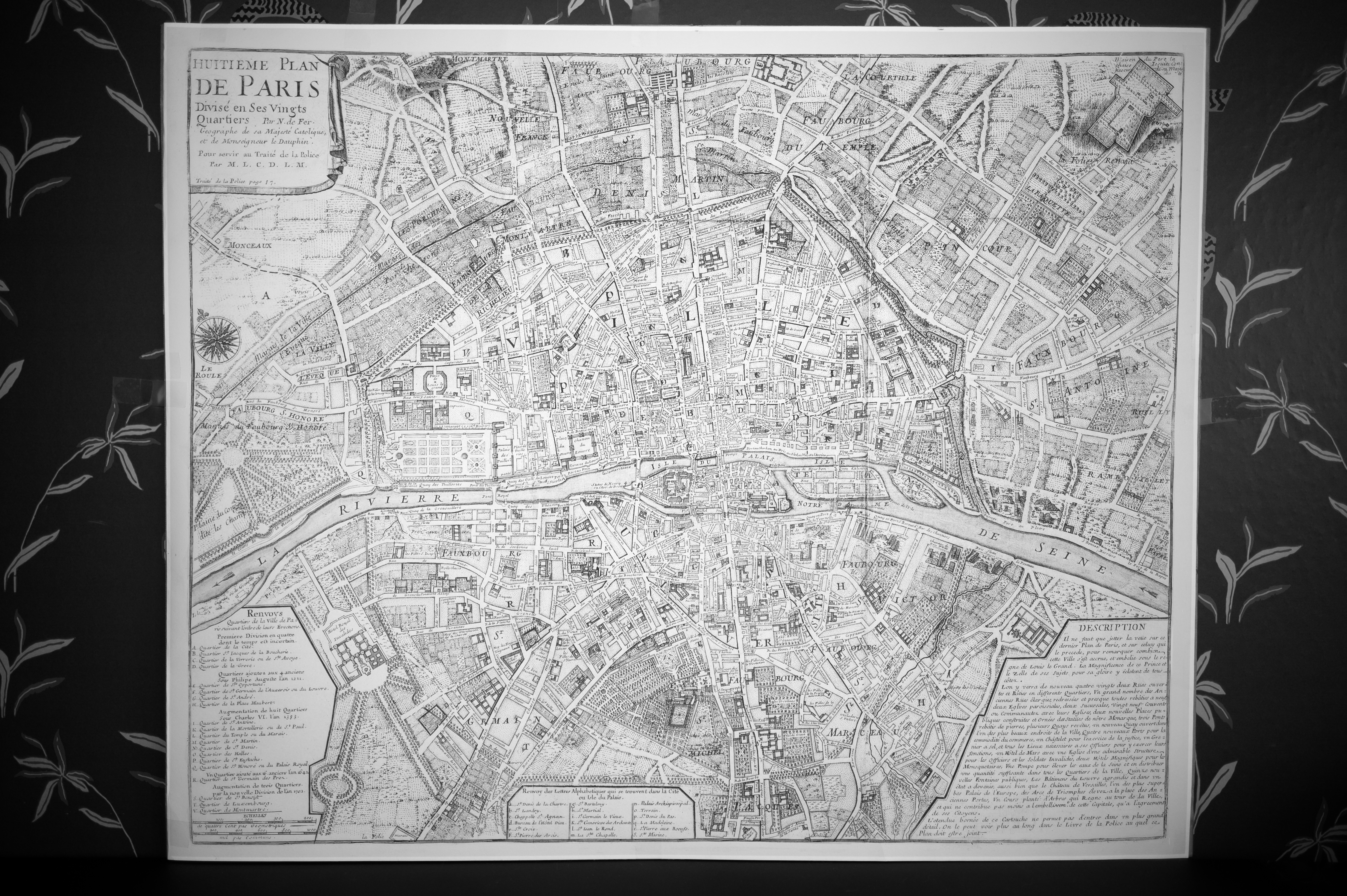
f/2.5
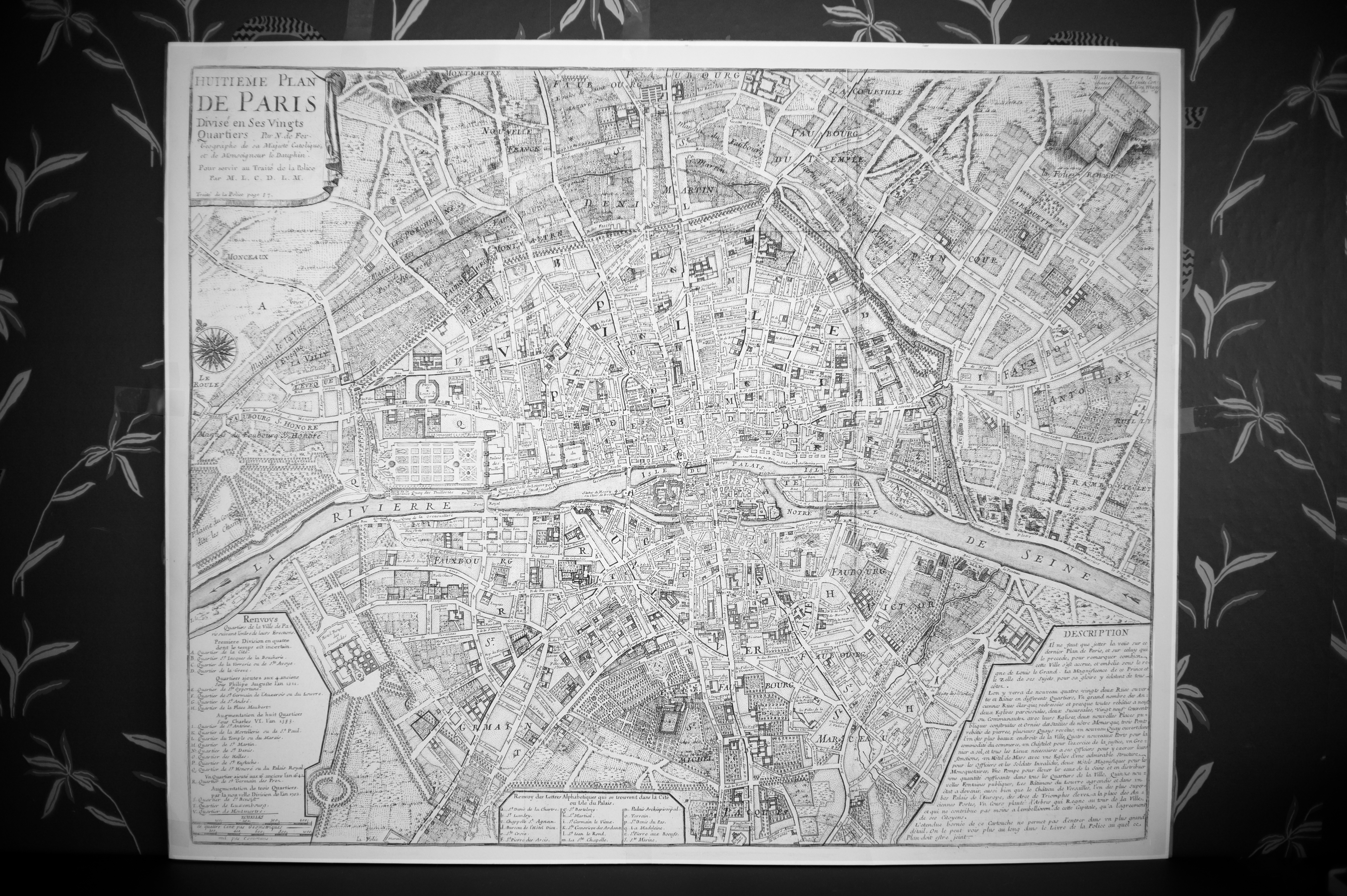
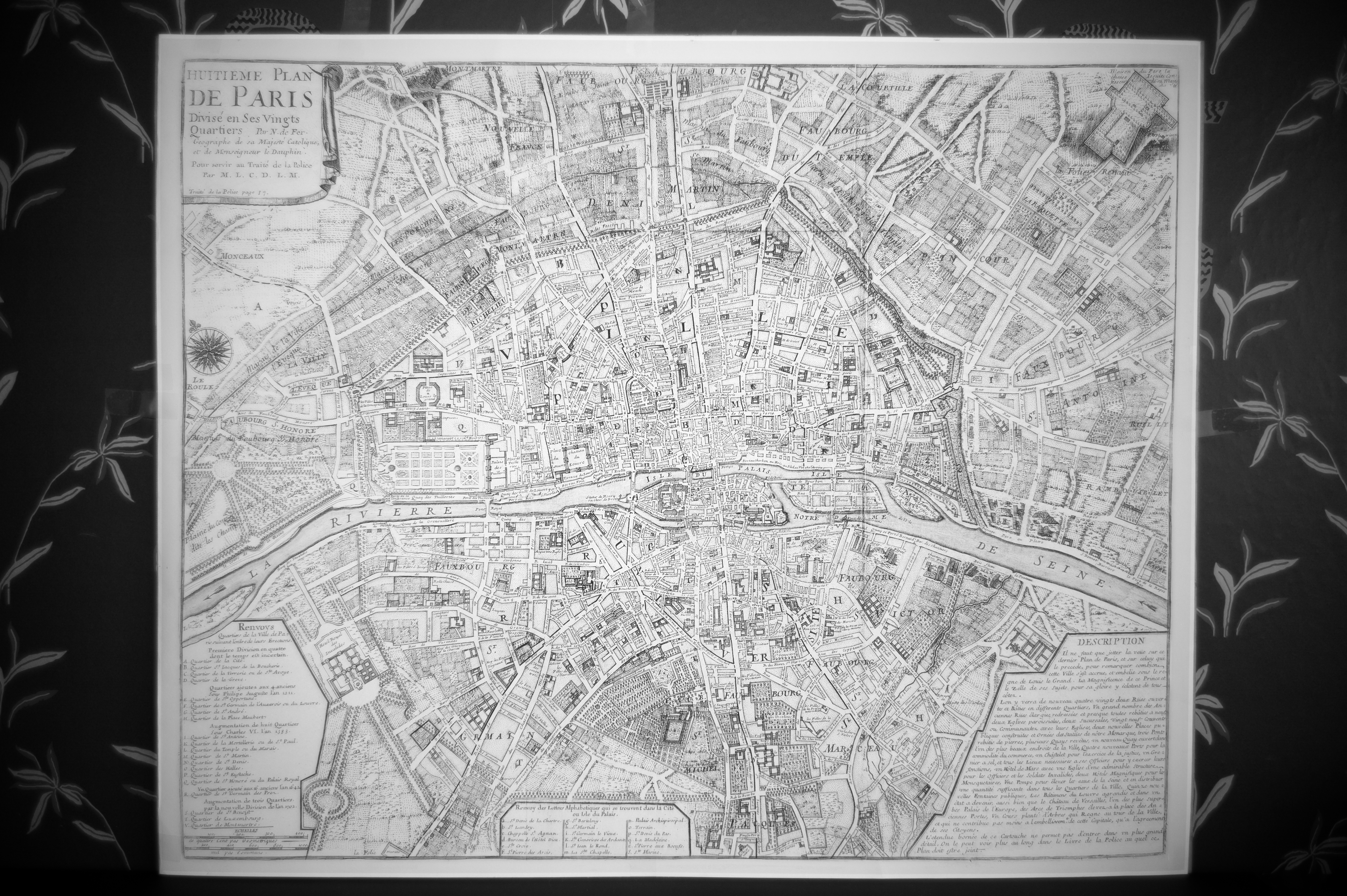
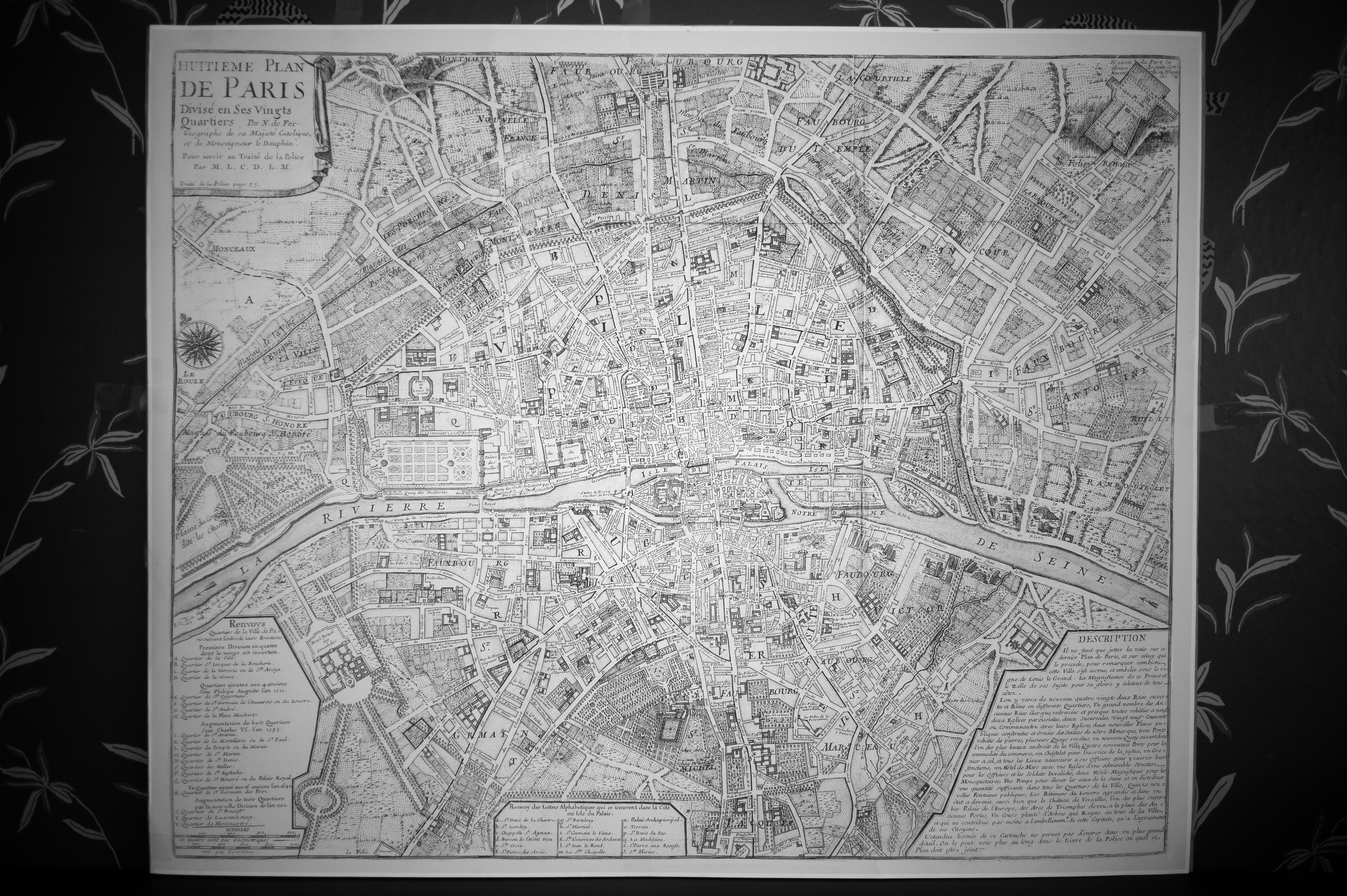

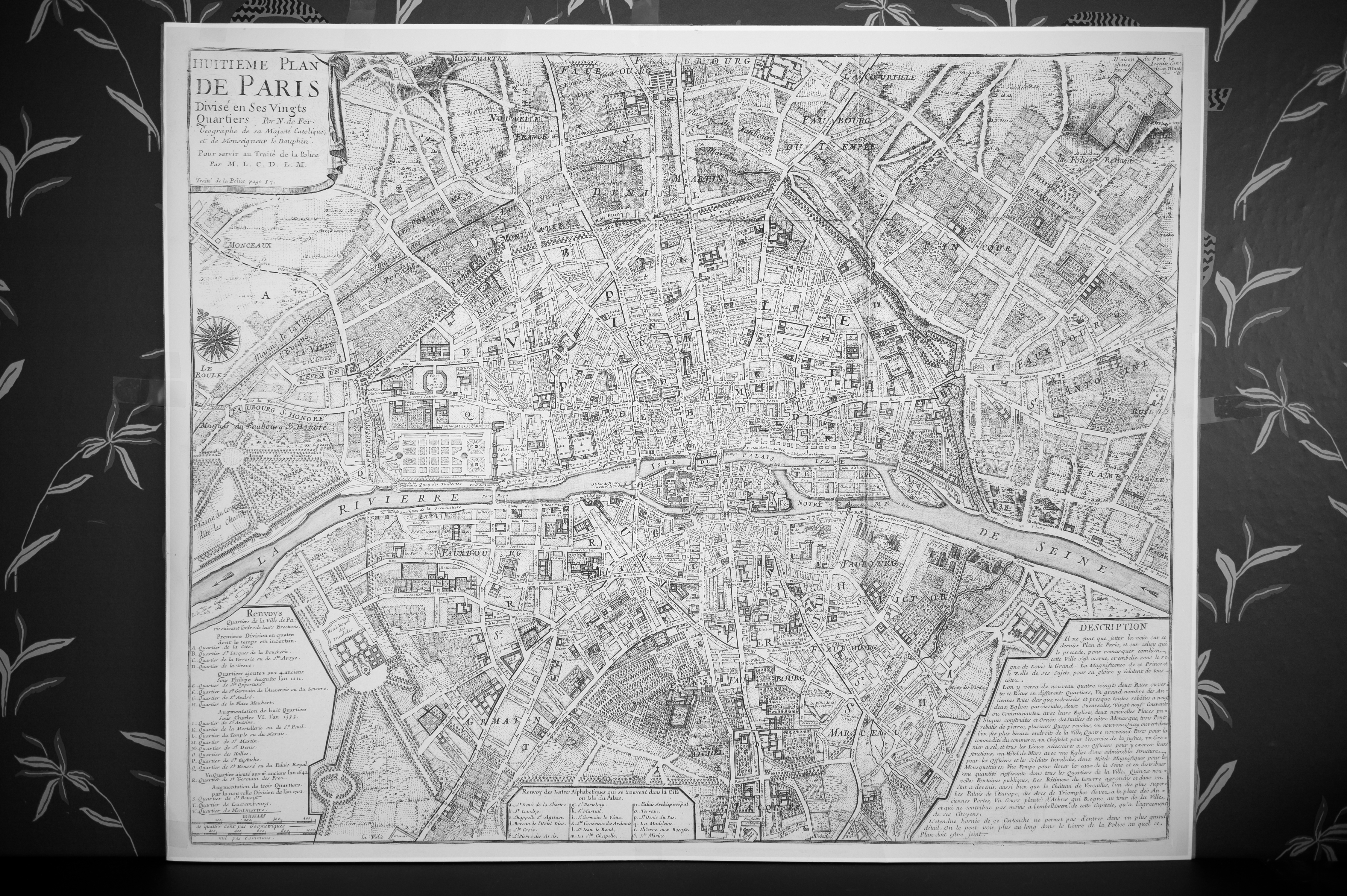
f/2.8


f/4
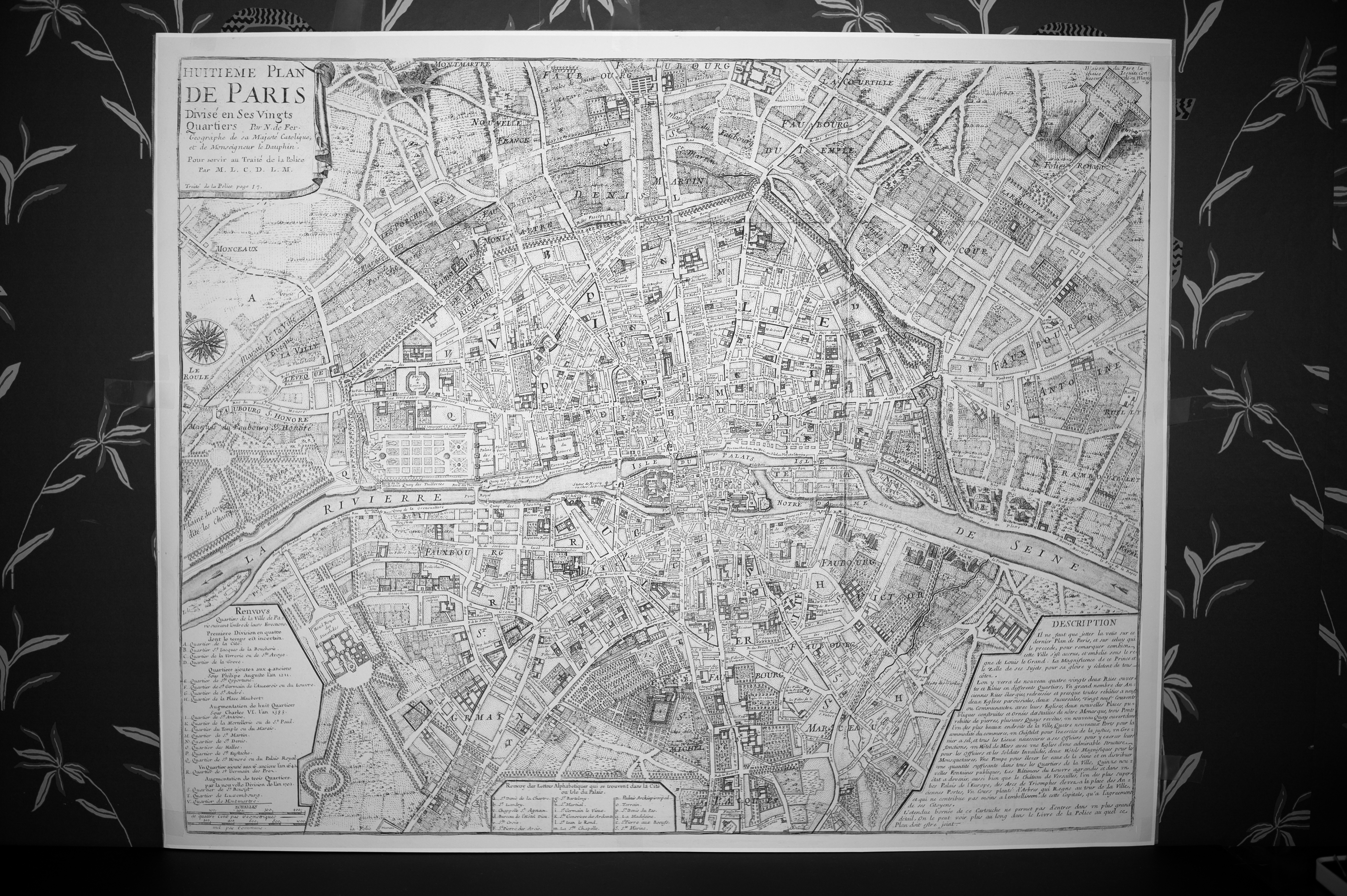

f/5.6

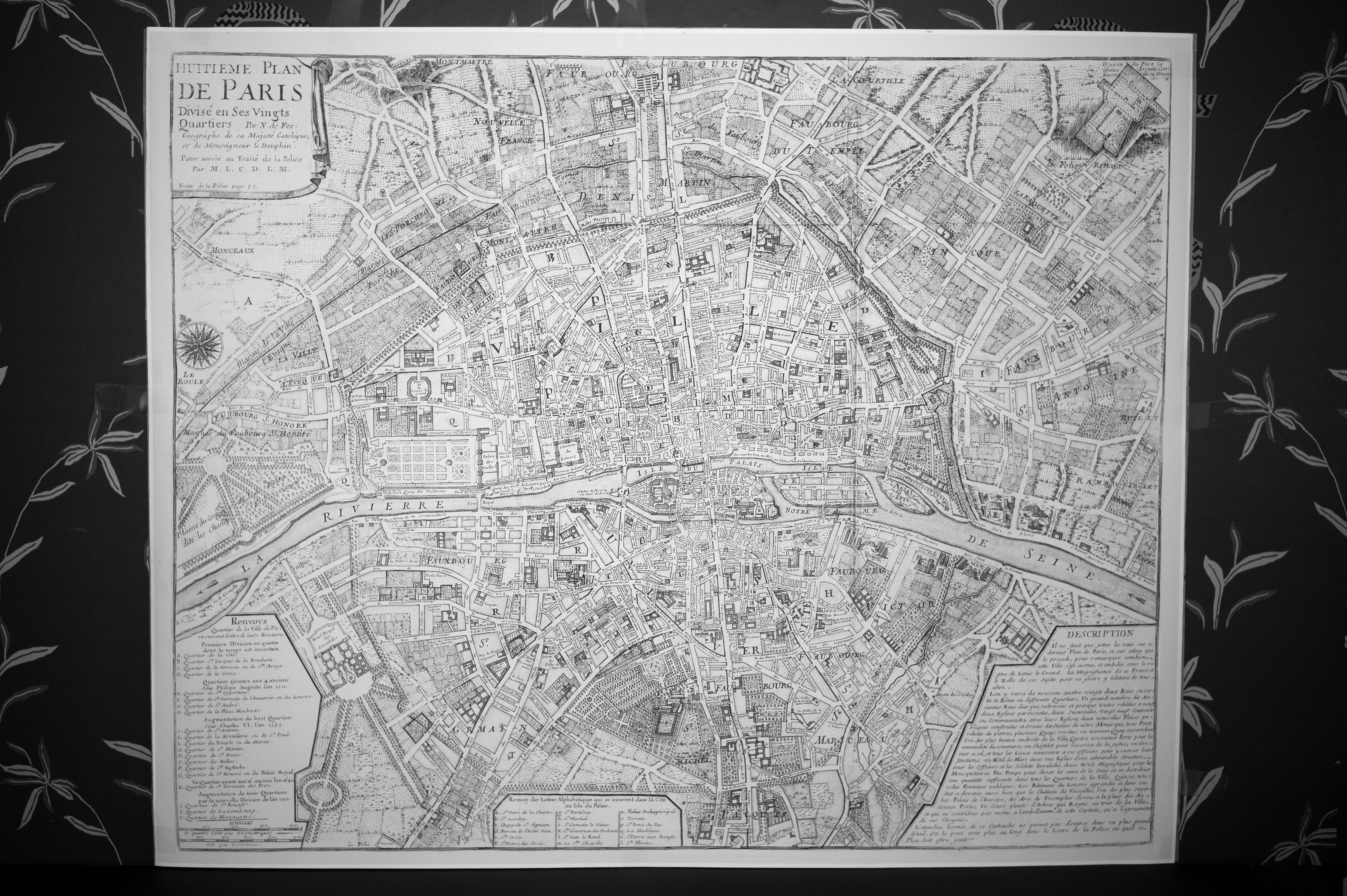
f/8
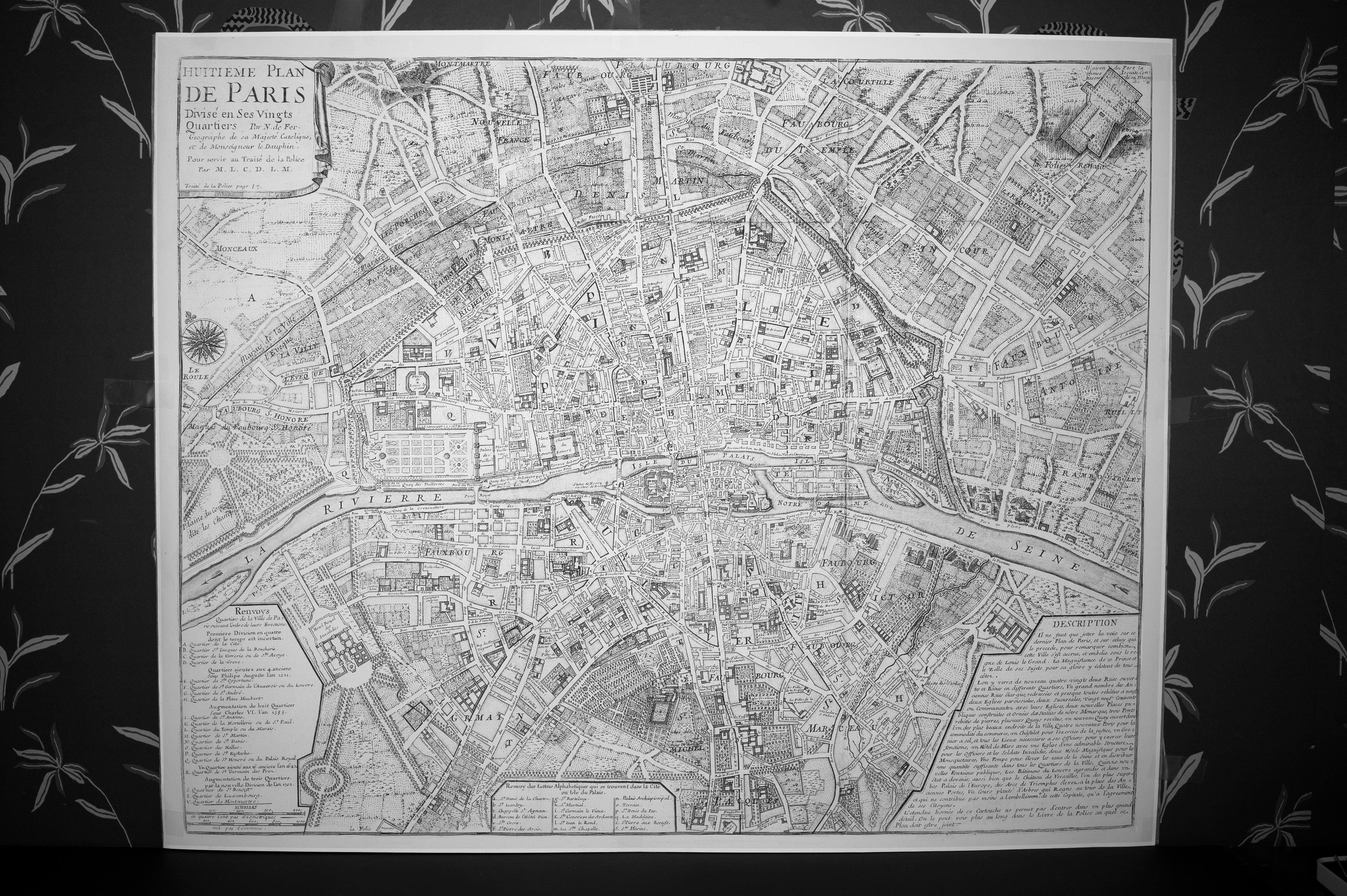
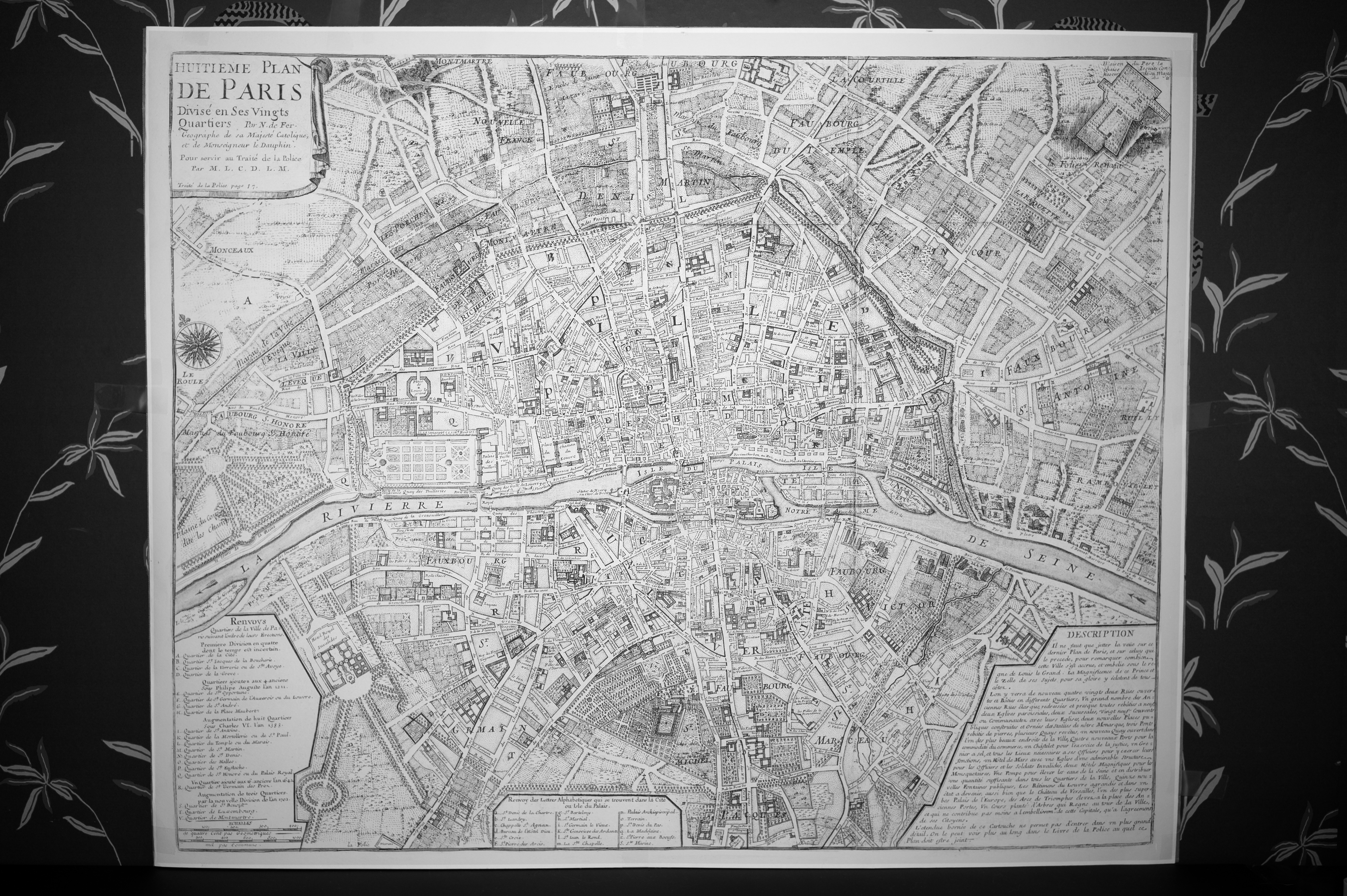
f/11
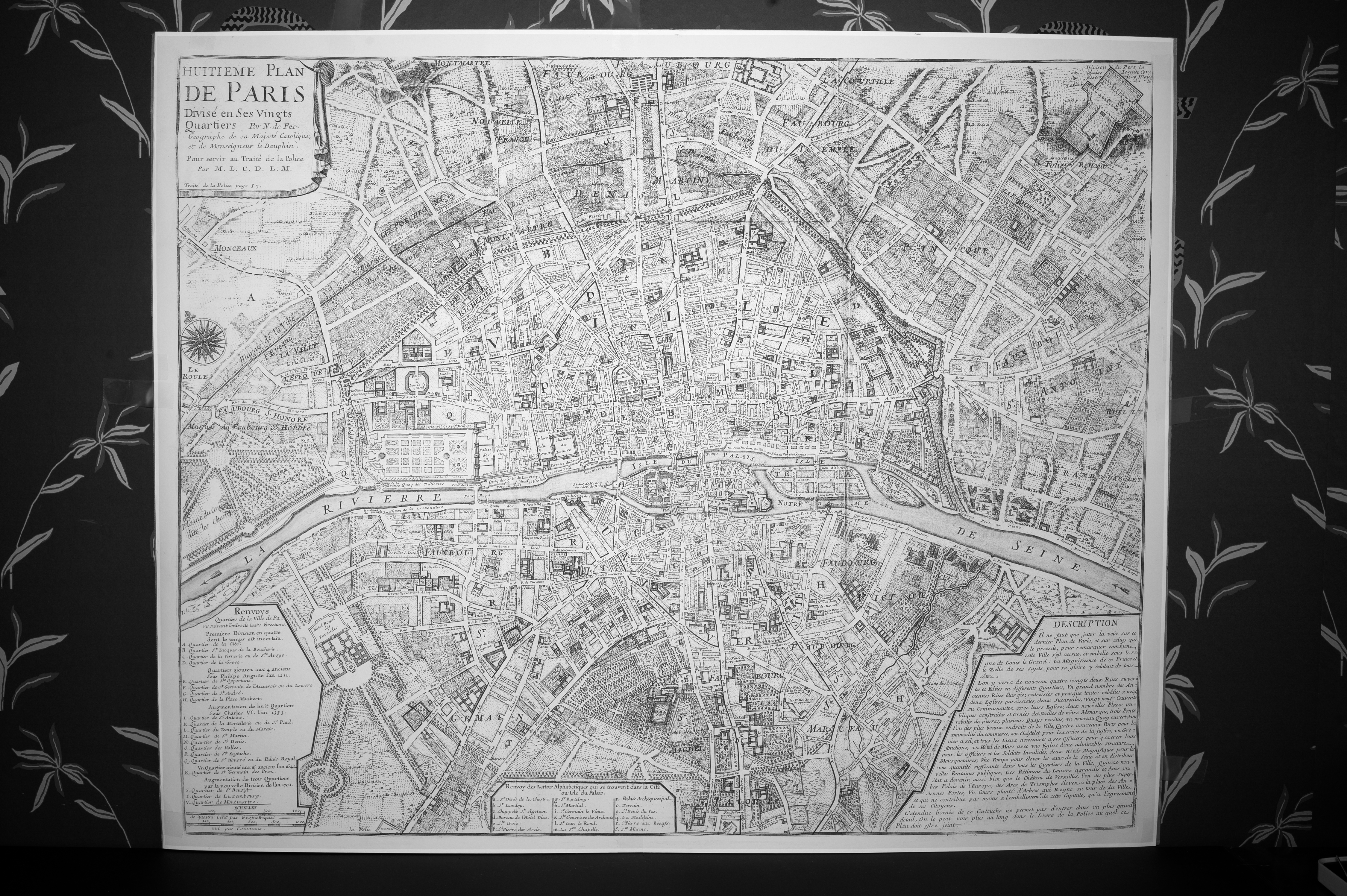
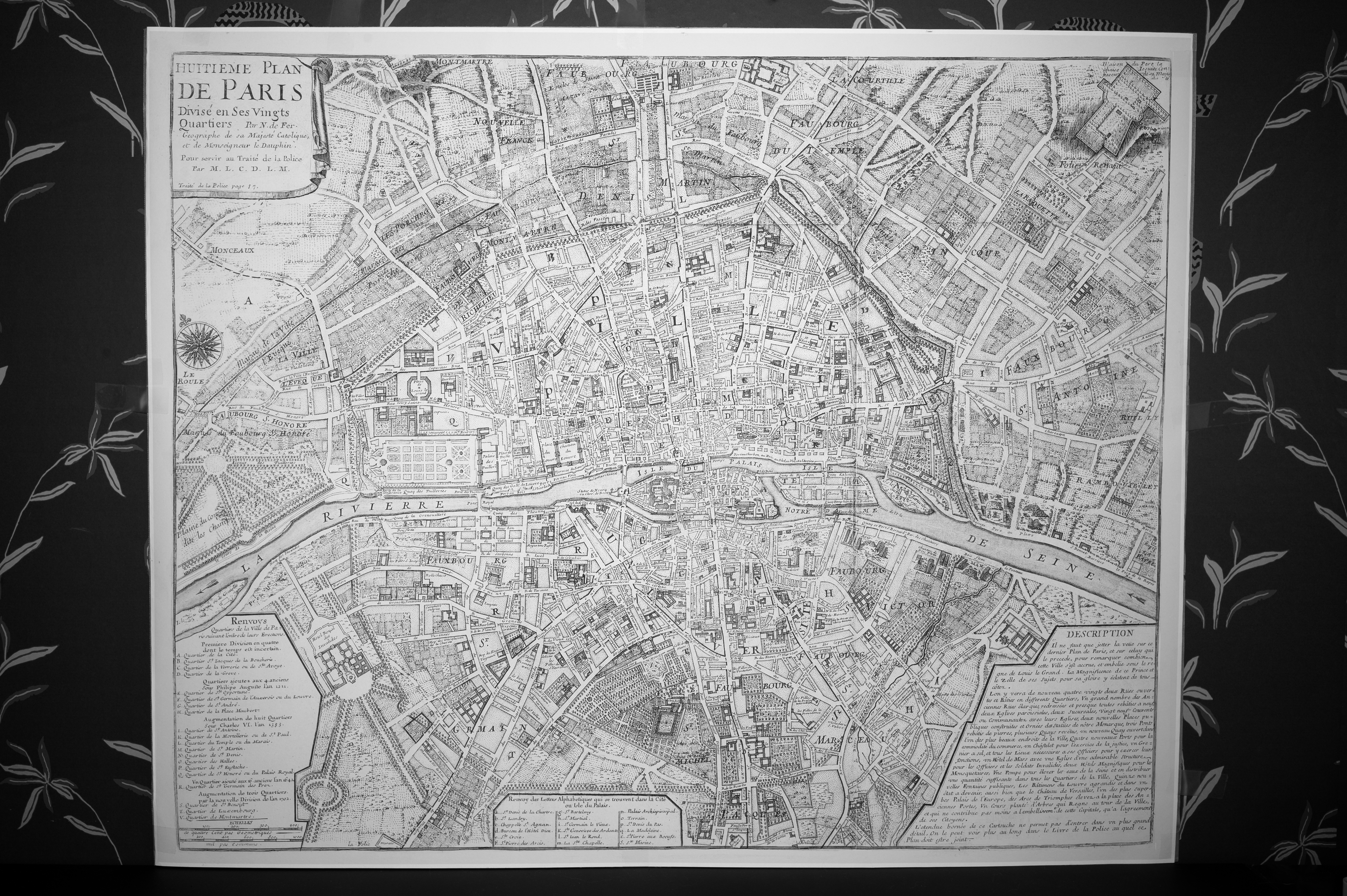
Outdoor Shots
f/2
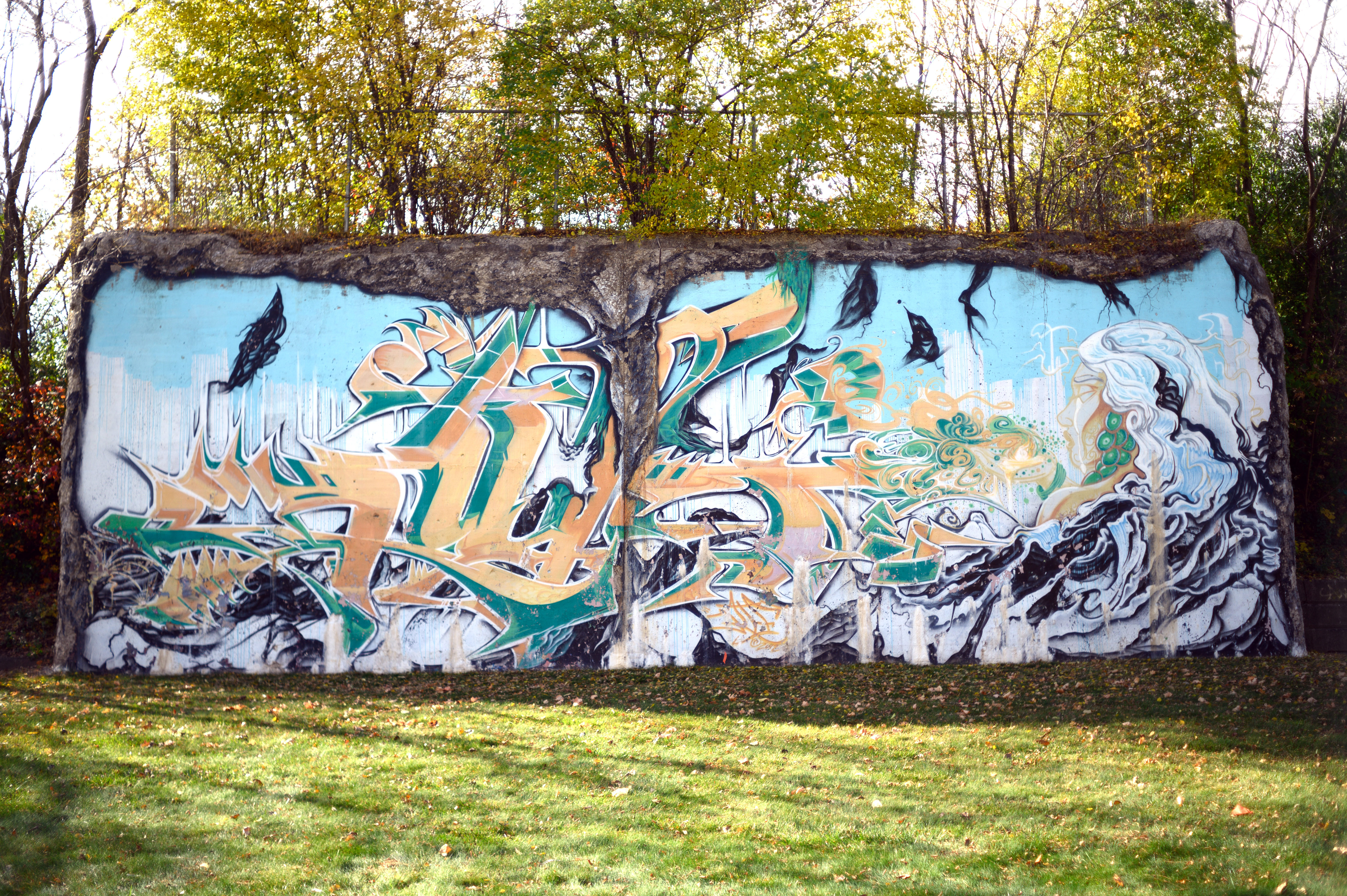
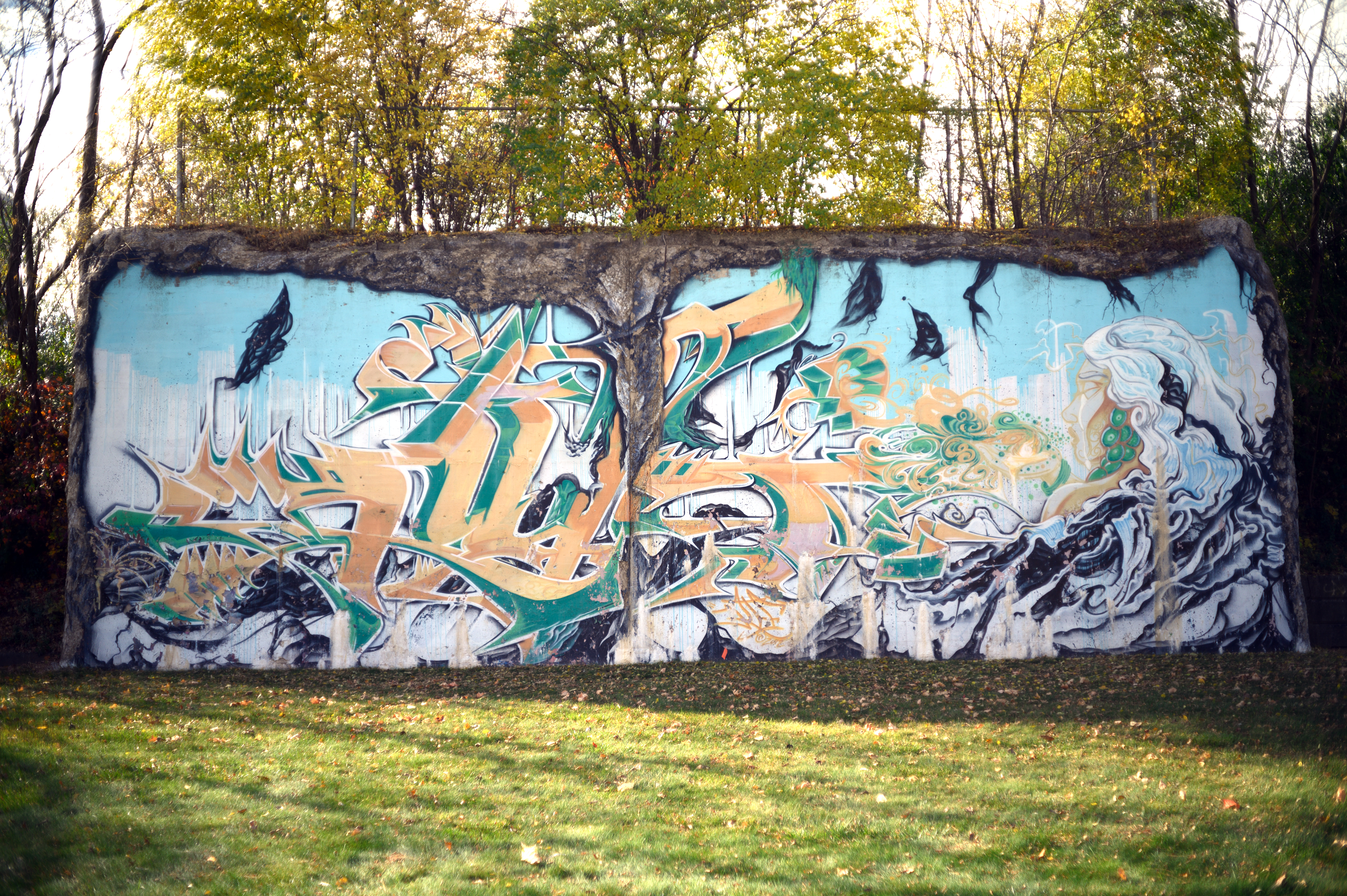
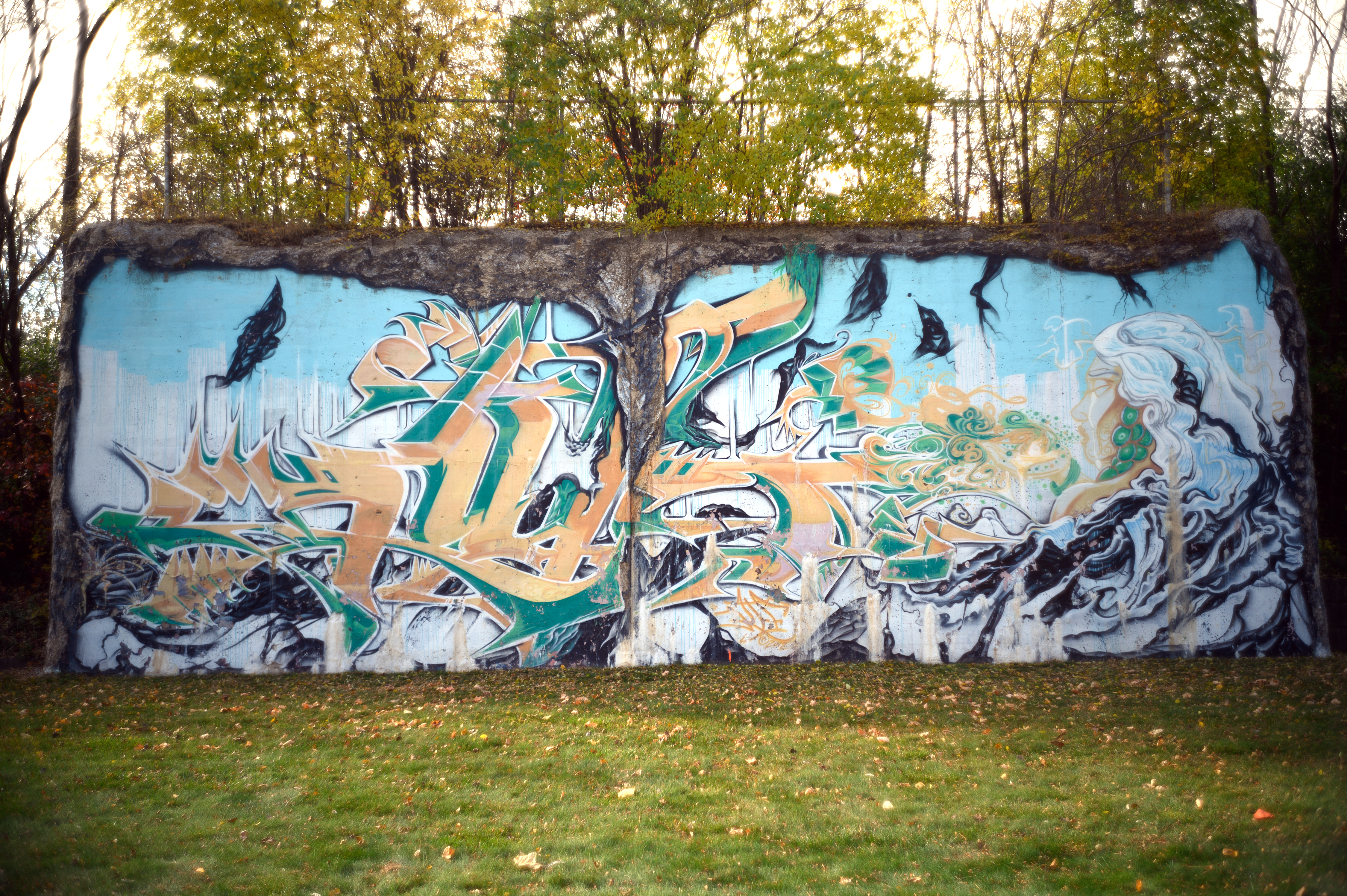
f/2.8
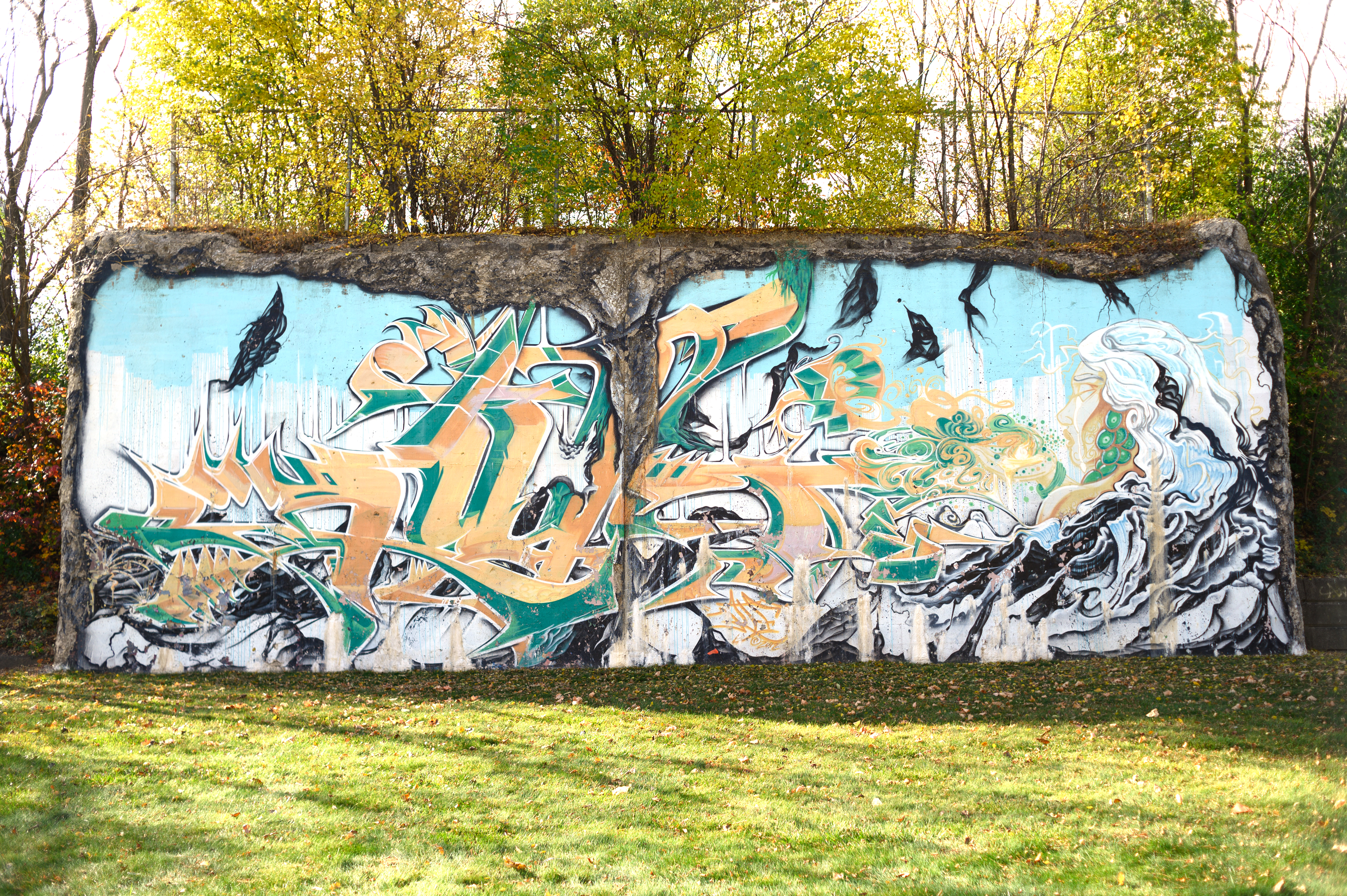
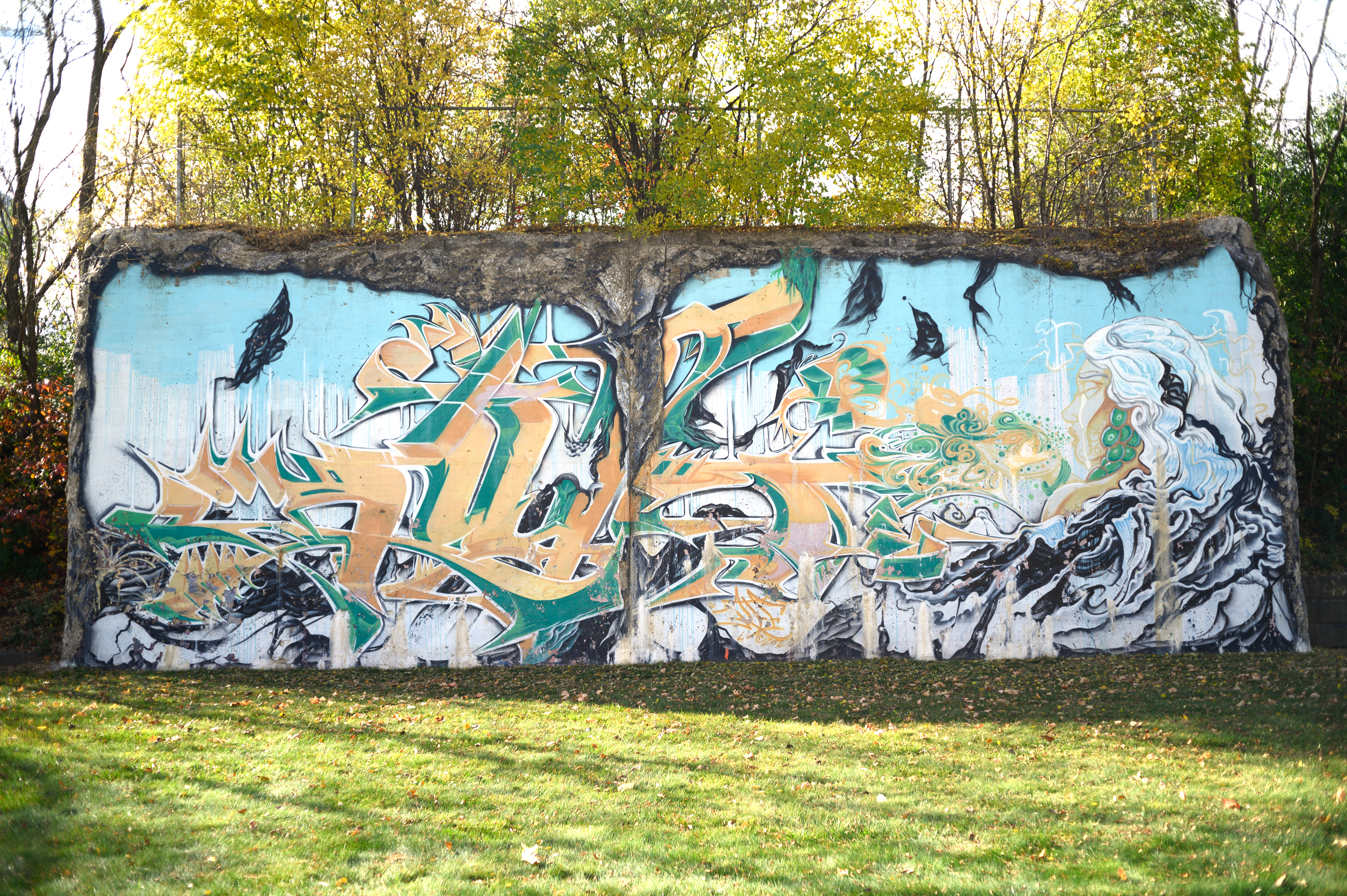
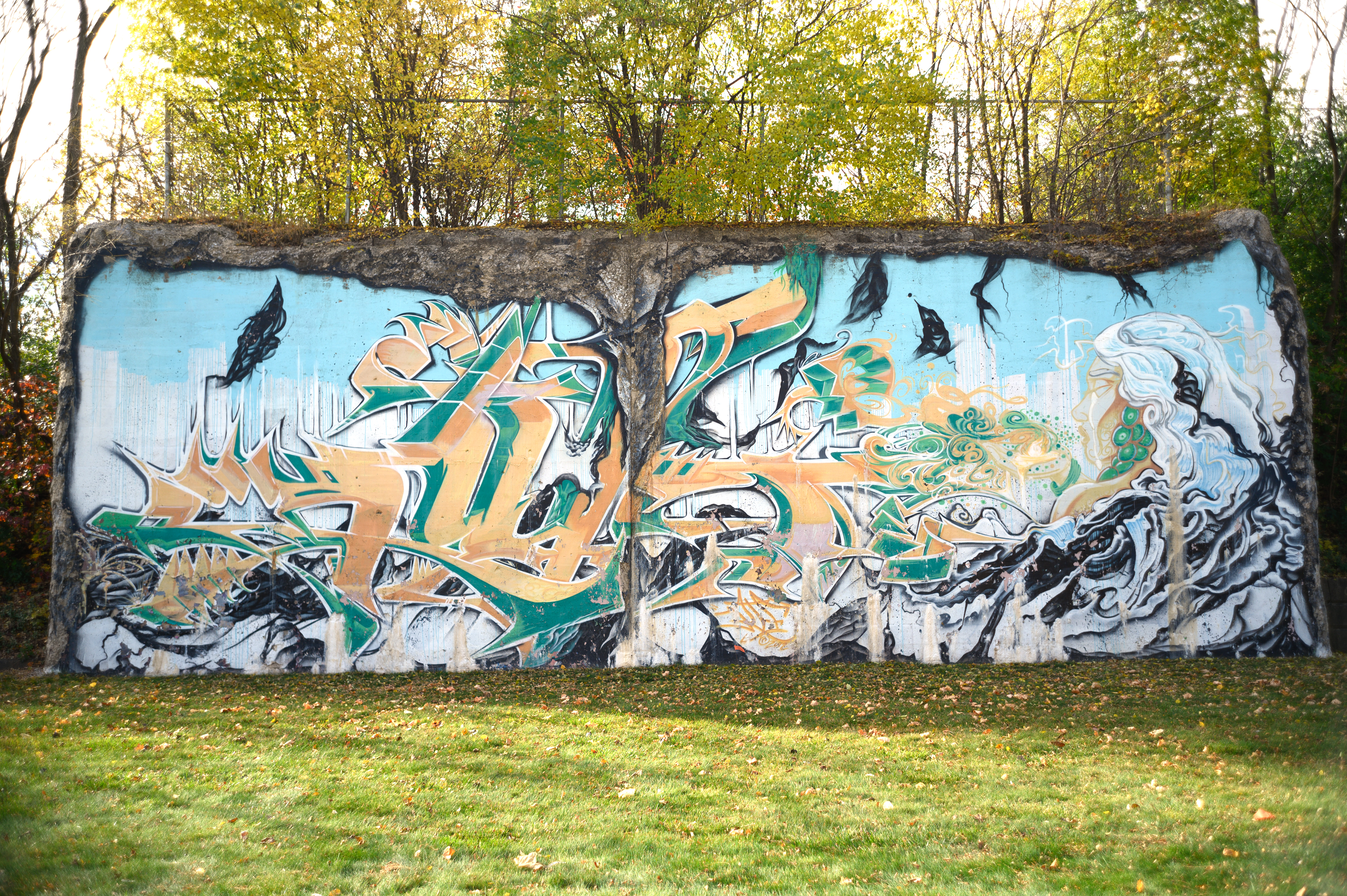
f/4

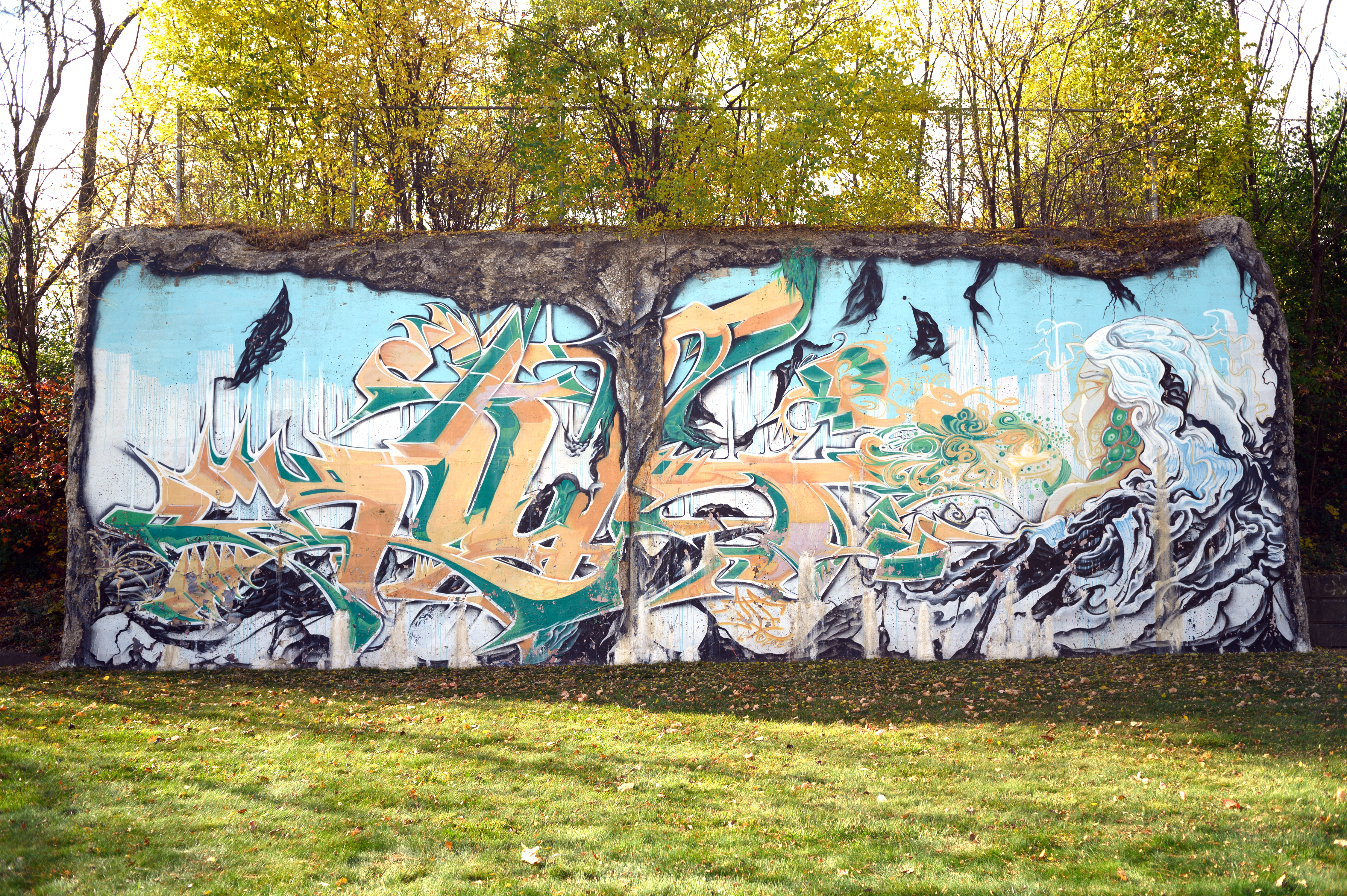
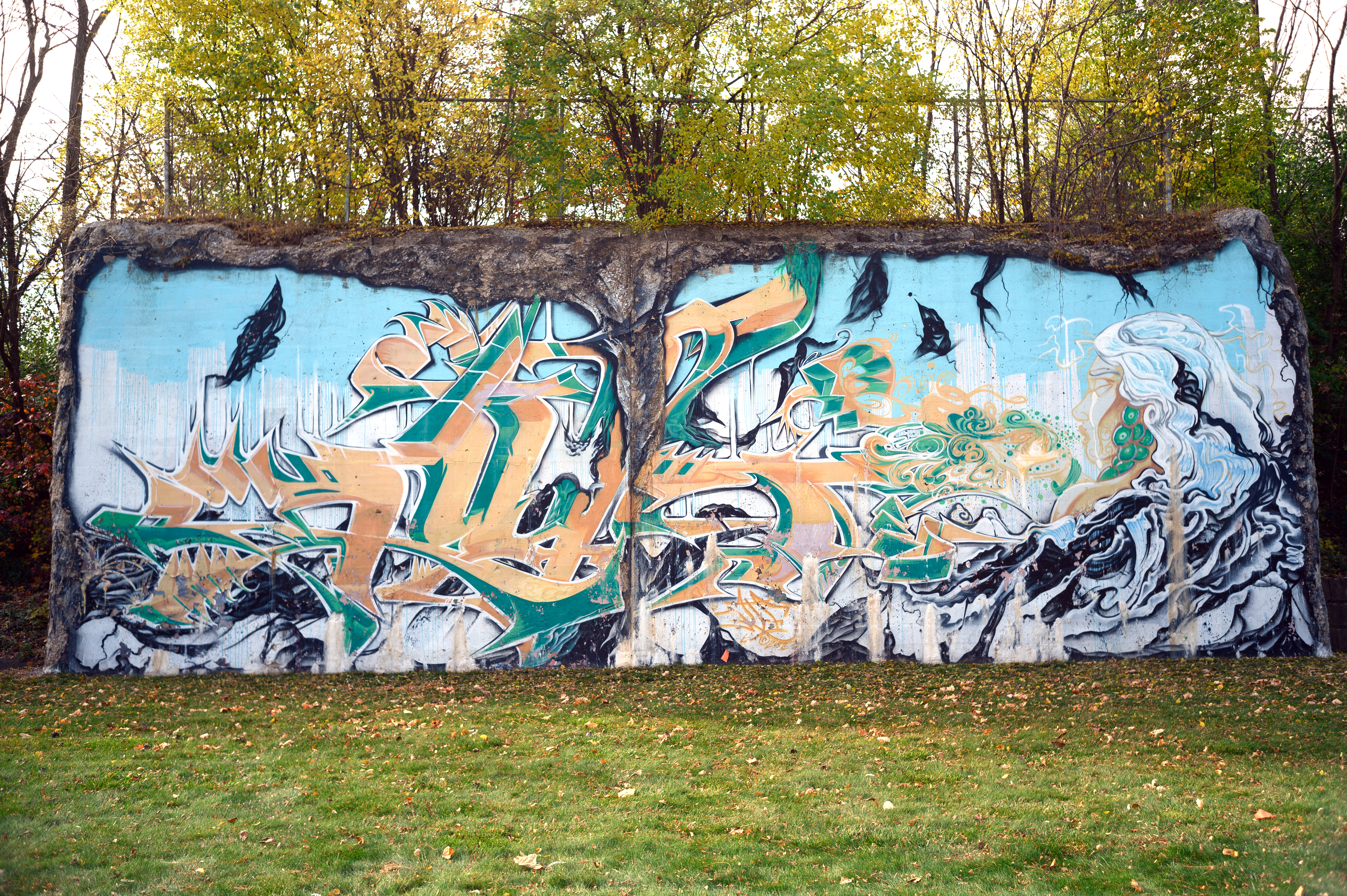
f/5.6

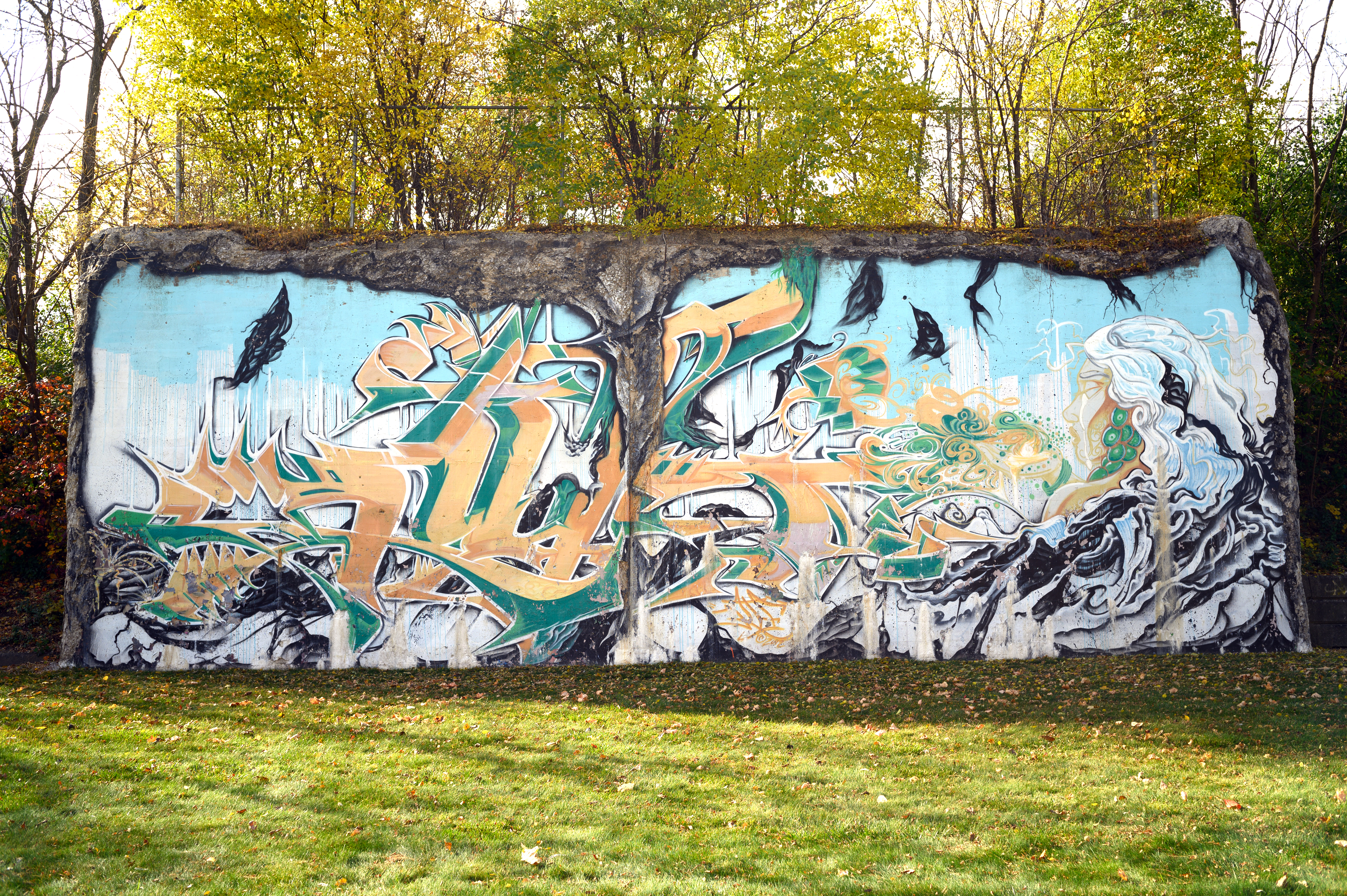
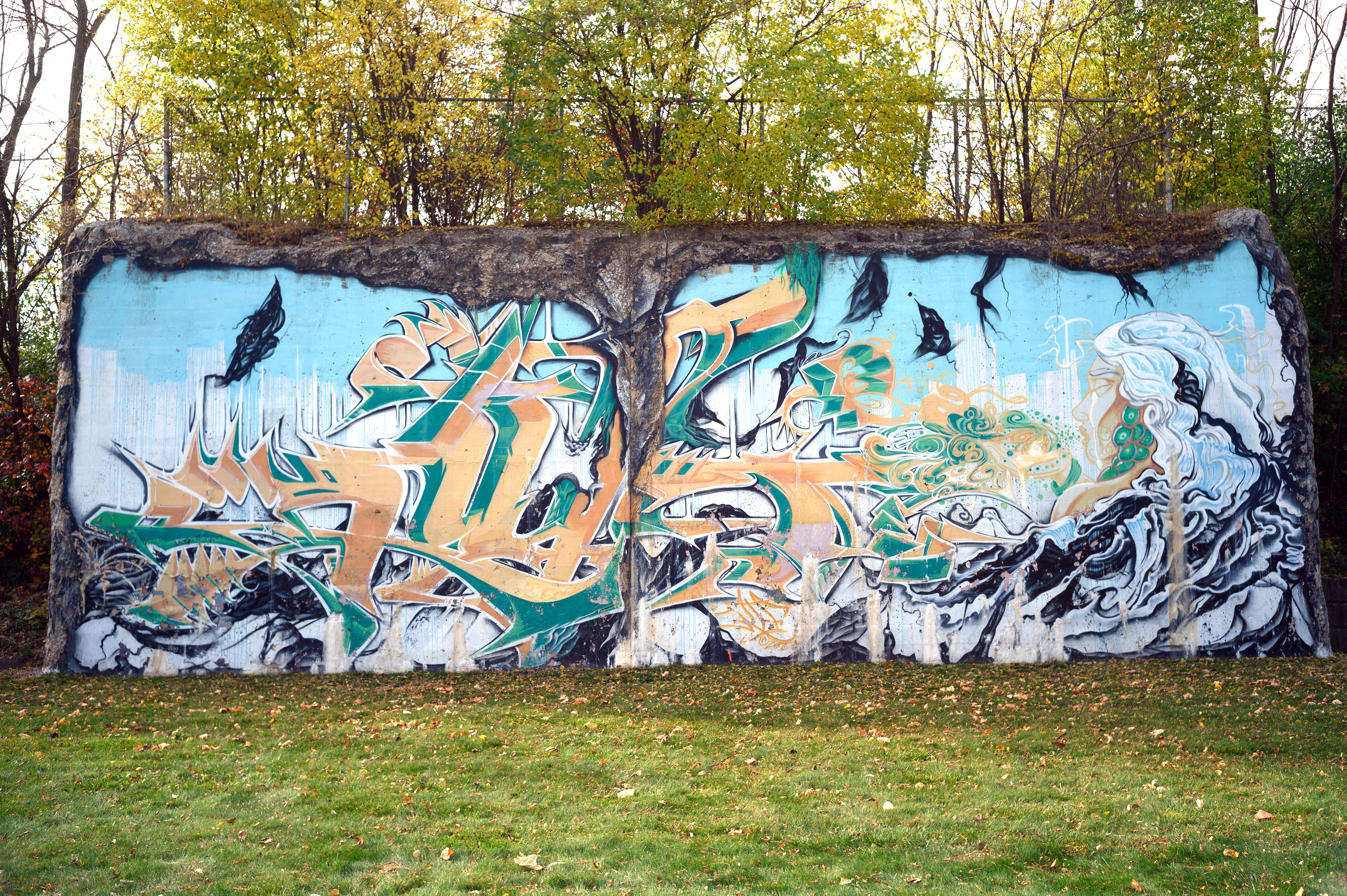
f/8

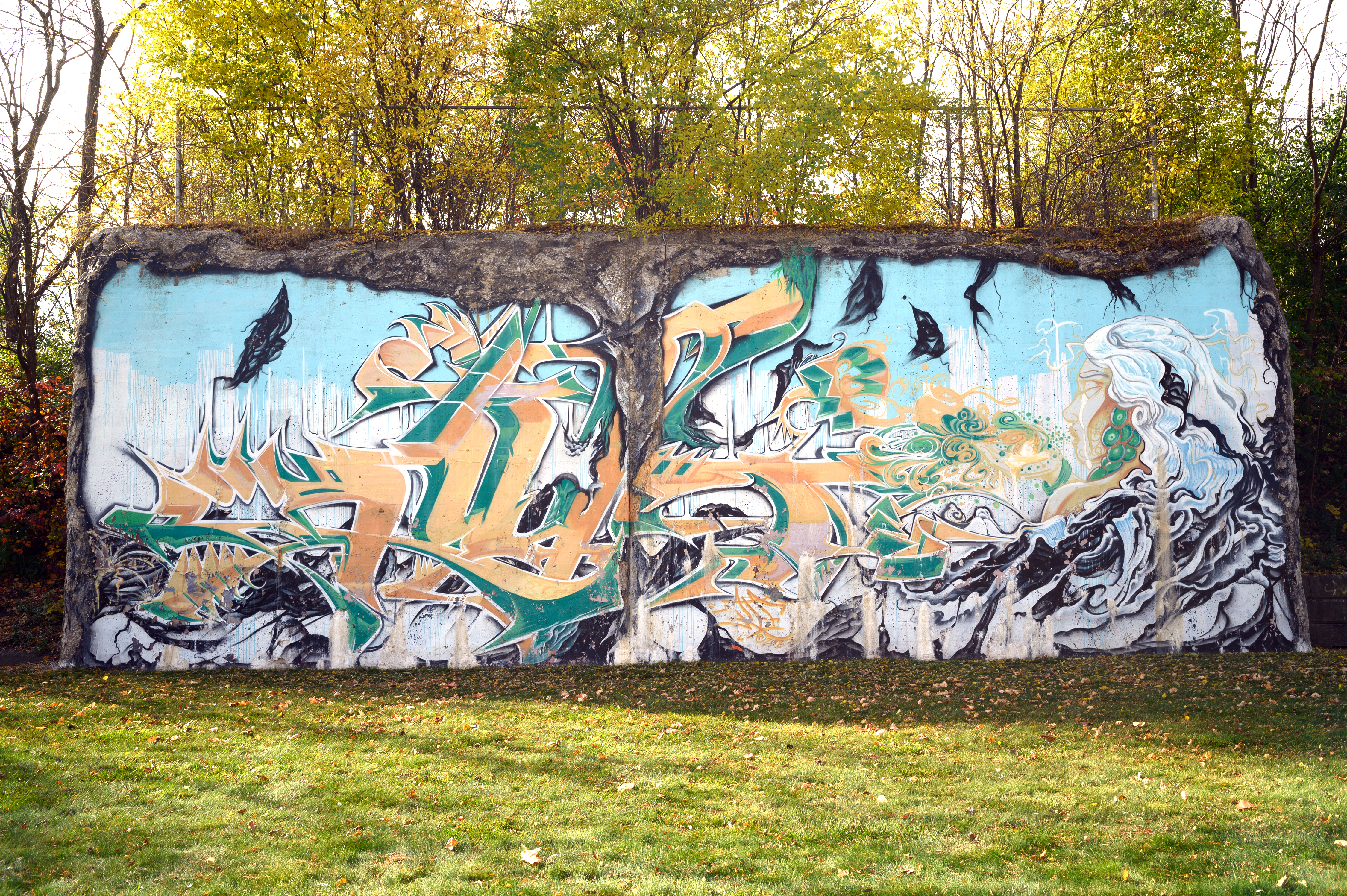

Inside Shots at Minimum Focusing Distance
f/2

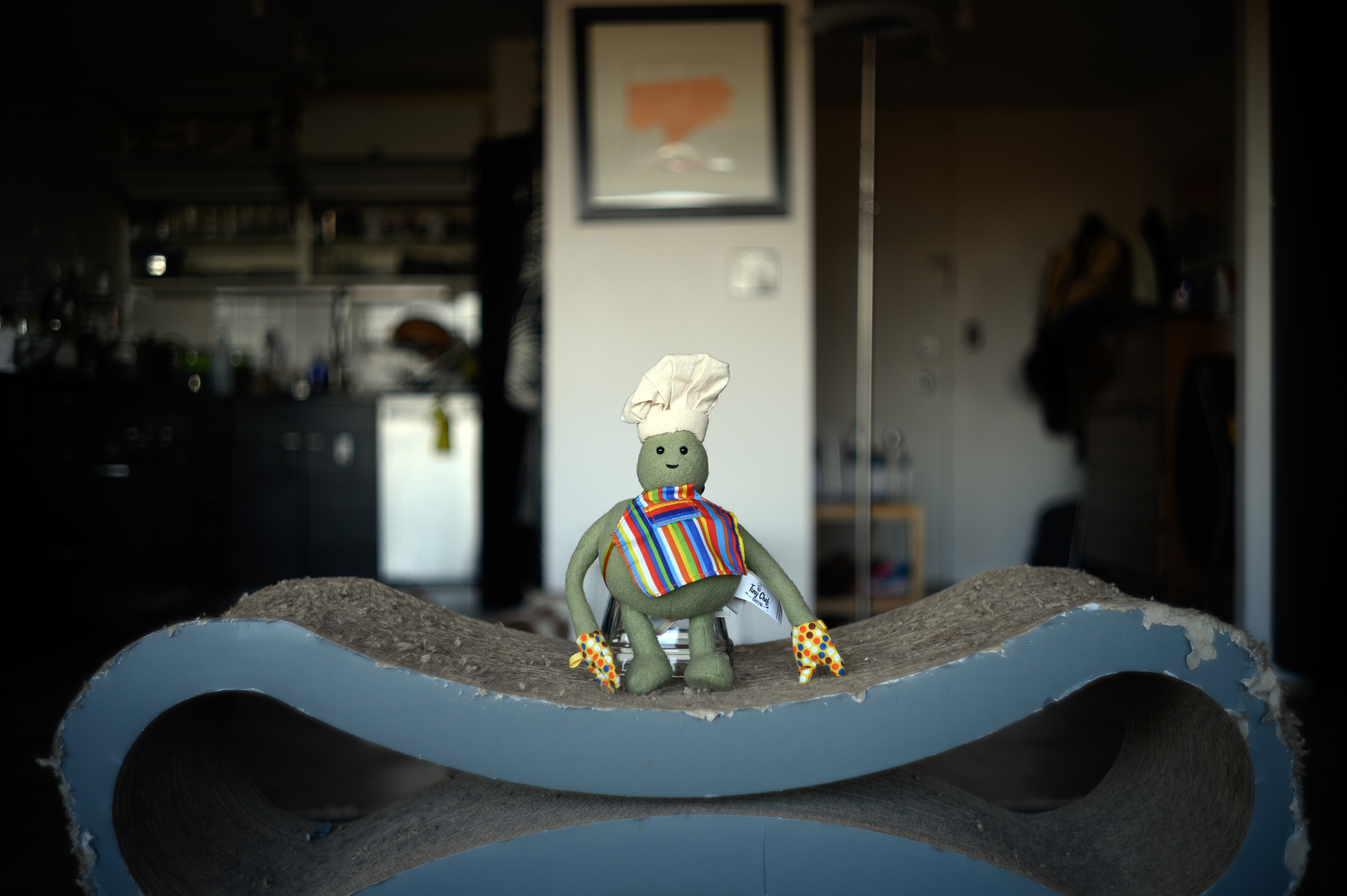
f/2.8
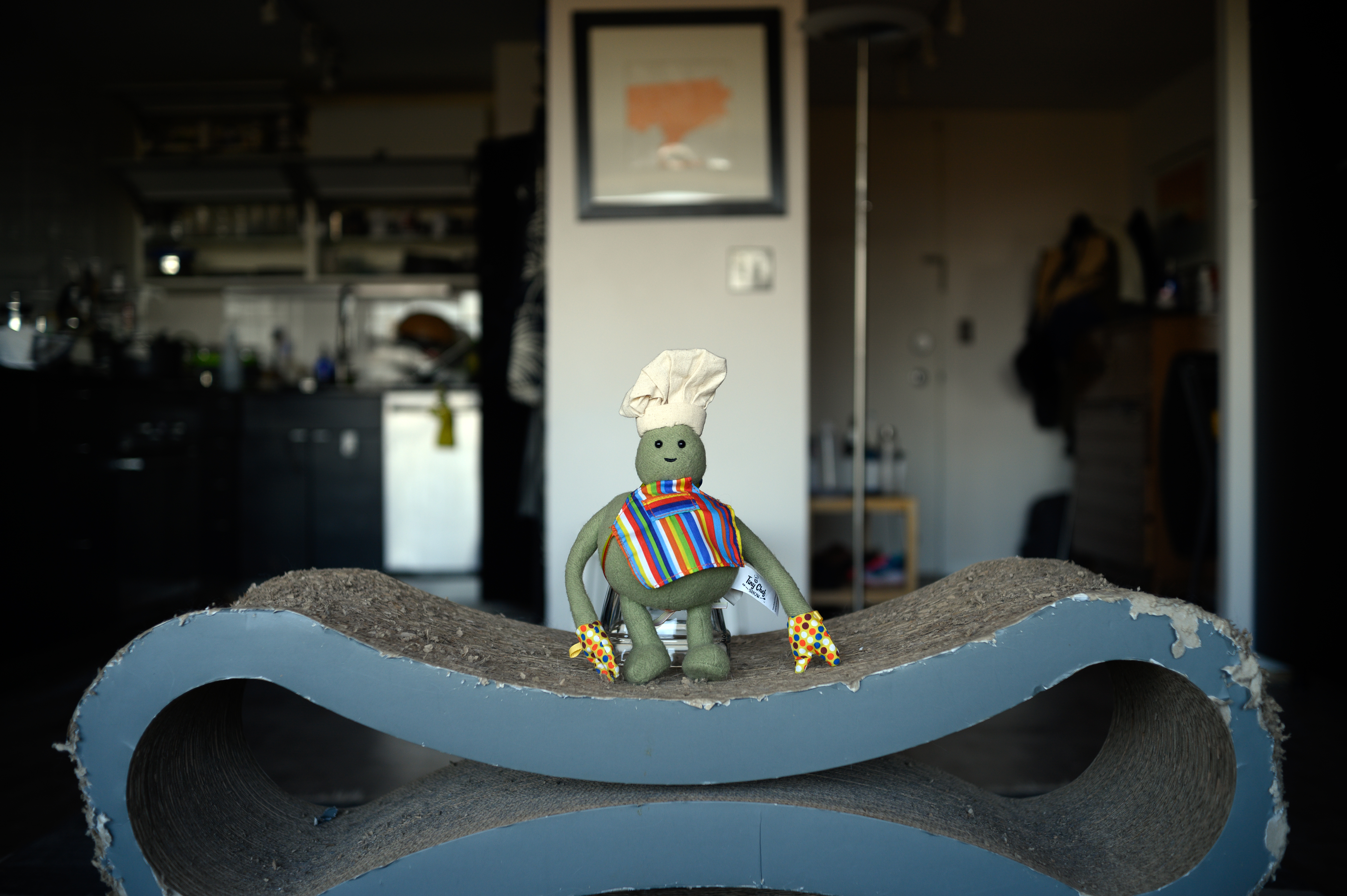
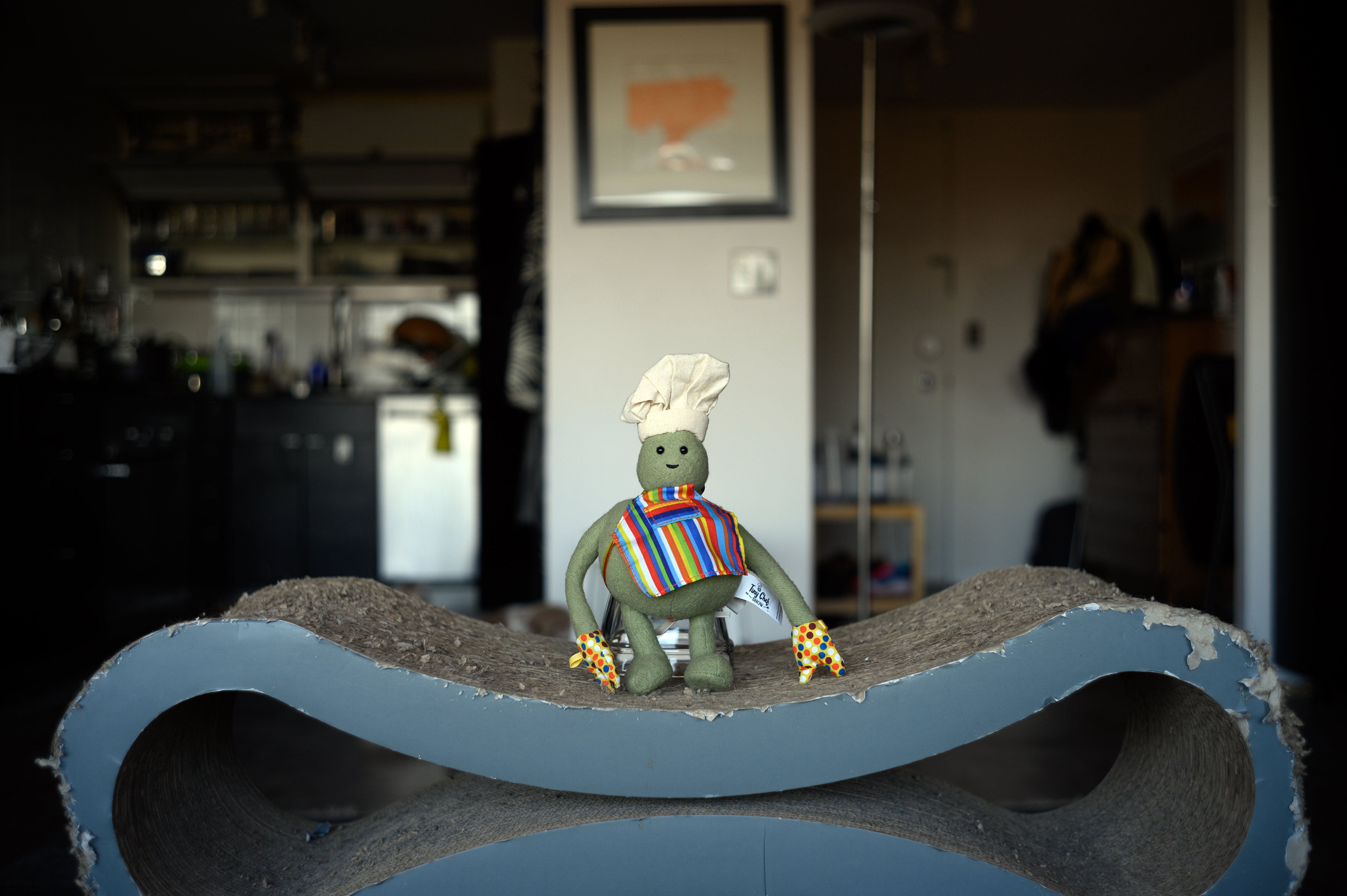
f/4
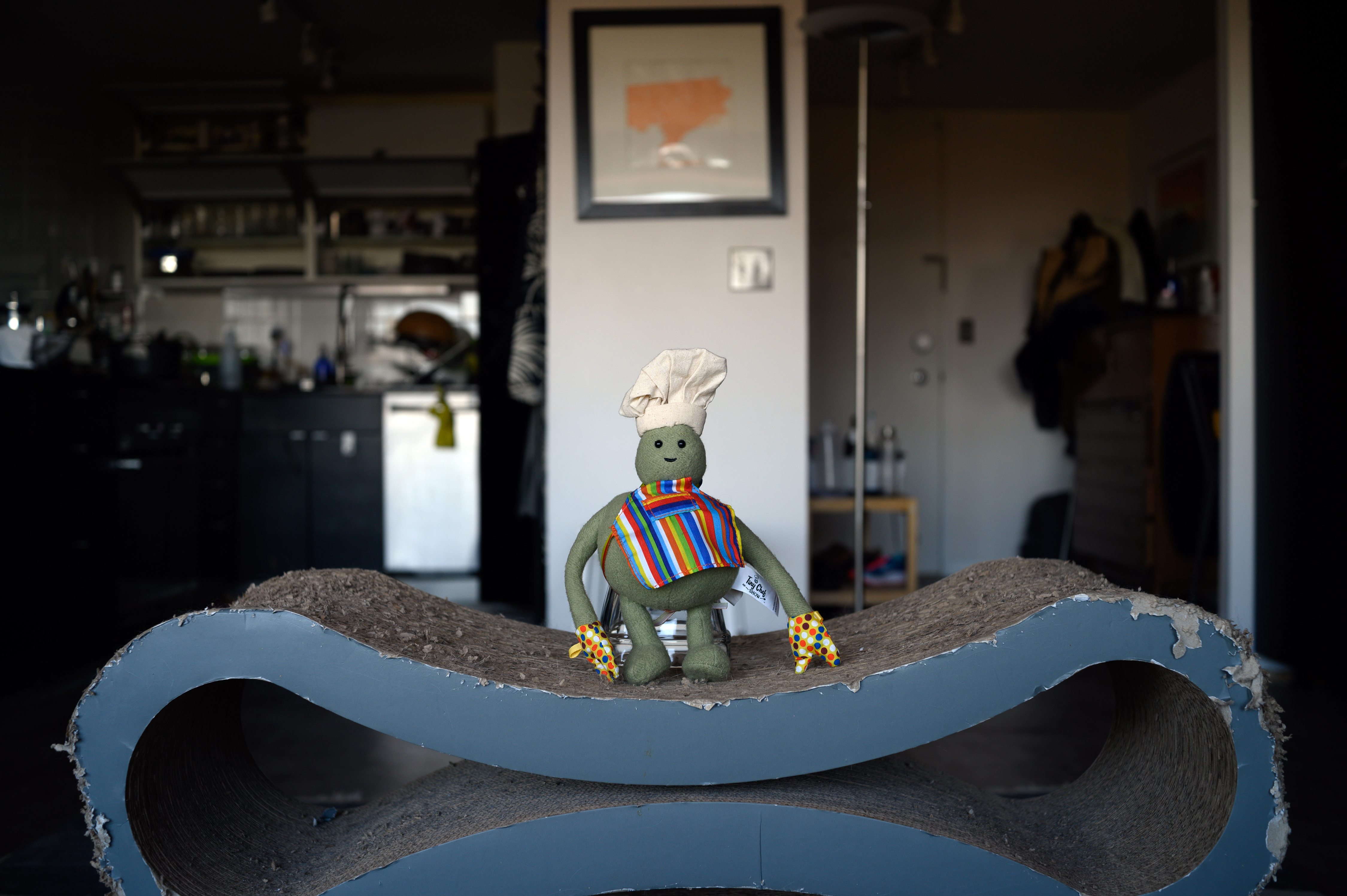

So what are we seeing here?
At f/2.5, the modern lenses — the AF-S Nikkor and the VC are clearly overall outperforming both the UC Hexanon and the W-Nikkor. The modern lenses have sharper corners and less distortion. Thus, it is probably safe to say that higher-end modern 35mm primes have eclipsed both of these older lenses.
Center Sharpness
On a 24 megapixel sensor, the UC Hexanon and the W-Nikkor have virtually indistinguishable center sharpness. Both perform very well. The flaring of the W-Nikkor gives the UC Hexanon a slight edge.
Distortion
There is no competition here. The W-Nikkor has much better distortion control than the UC Hexanon — very impressive for the 1950s and on par with the famous 35/2.8 Leica Summaron. The W-Nikkor controls distortion throughout the entire aperture range, maybe getting a tiny bit better by f/11. The UC Hexanon’s distortion only slightly, almost imperceptibly improves by f/11.
Vignetting
At f/2, both lenses have noticeable light fall-off. The UC Hexanon is slightly better, but not by much. By f/2.8, the light fall-off in real world situations is essentially gone with both lenses. As the lenses are stopped down, vignetting disappears.
Warmth
The W-Nikkor renders a warmer image than the UC Hexanon. I would guess that it may be attributable to the aging Lanthanum element.
Flaring
Flaring because of a primitive 1950s lens coating is the W-Nikkor’s main weakness. It is noticeable at every aperture, getting better as the lens is stopped down. Without the flaring, the W-Nikkor would be a 100% better lens. On the other hand, the UC Hexanon has very little flaring at any aperture. The UC’s modern lens multicoatings certainly allow the lens to punch above its weight.
Corner Performance
The UC Hexanon is better in the corners at every aperture. At larger apertures, the W-Nikkor seems to have some “smearing” in the corners that does not seem attributable to a focus shift. Both lenses improve as they are stopped down, but the W-Nikkor never catches up with the UC Hexanon
Stopped Down Performance
Both lenses get markedly better stopped down. By f/2.8, both lenses are hitting their stride. The W-Nikkor starts providing “all-around” good results at f/4 and smaller. By f/8-11, both lenses are at their peaks. The UC Hexanon’s MTFs are off the charts.
With both lenses, I would reserve f/2-2.8 for closer, centered objects were you are looking to isolate the subject. However, the minimum focusing distance for both lenses being only 0.9m, they are not particularly ideal for portrait-y types of shots. For general use, I would stick to f/5.6-11 for both lenses.
Focus Shift
Focus shift is a phenomenon where the focus point of a lens changes as the aperture stops down. This effect plagues most lenses, both SLR and rangefinder. In the age of film, most people probably never noticed it — the shift was calculated to be in the range of the depth of field of focus at a given aperture. For SLRs, when you focus a lens, you are actually seeing the focal plane at the lens’ widest aperture, which then stops down automatically when you click the shutter. If you are focusing at f/1.8, and then the lens instantly stops down to your desired f/8 aperture, the actual focus point will shift slightly. For rangefinders, your lens will usually be calibrated to line up with the rangefinder at a certain aperture (most will be wide open or close to that). When you stop down, what the rangefinder patch is telling you is no longer the actual focus point. Konica engineers were aware of its focus shift and programmed the autofocus of the Hexar AF accordingly. Unfortunately, the same automatic correction is not possible on a rangefinder lenses.
The UC Hexanon and W-Nikkor both exhibit similar focus shift. If you focus a shot at f/2 with both, and then change to f/8 without changing the focus, you will find that at f/8, the lenses “front focus” — that is to say that at f/8, the lenses think the subject is closer than the lens thinks it is at f/2. While the shift at f/8 is at the far edge of the depth of field for both lenses, remember the depth of field is only about useable focus and even on film it does not mean that “everything” is in perfect focus from X to Y distance. Despite the depth of field, you still want your shots to be as accurately-focused as possible.
Conclusions
The W-Nikkor and the UC Hexanon are both remarkable lenses. Even now, over 60 years later, the W-Nikkor remains competitive. The downsides of the W-Nikkor include noticeable corner light fall-off wide open, just decent corner performance at smaller apertures, and visible flaring that gets better as the lens stops down (due to lack of modern lens coatings). The minimum focus of only 0.9m, the focus shift, the obsolete filter thread size, and the fact that the S-Mount version of the lens cannot be used on Leica rangefinders also are some other downsides. However, the W-Nikkor’s distortion control and center sharpness remain quite remarkabley. At f/2.8 and smaller, the W-Nikkor produces overall lovely results.
For an afterthought lens based on an optic from a point-and-shoot camera, the UC Hexanon is surprisingly good. While its distortion is very noticeable (obviously can be fixed in post and many modern 35mm lenses also demonstrate the exact same distortion), its minimum focusing distance is not class competitive, and it also has a focus shift issue, it still beats out the W-Nikkor at every aperture. As its MTFs demonstrate, the UC Hexanon is an incredibly sharp lens in the center while retaining very competitive corner performance. While Konica engineers obviously did a good job improving upon and modernizing the W-Nikkor’s design, especially by multi-coating all glass surfaces, the distortion issue is a head-scratcher.
At the end of the day, if you enjoy shooting the 35mm focal length, both of these modified Xenotar lenses will perform nicely. And both will always remain unique in the history of 35mm rangefinder photography.
[…] The Konica UC-Hexanon 35mm f2 comes in a Leica Screw Mount and traces its roots all the way back to the Xenotar of the 1940’s developed by Schneider Kreuznach. The W-Nikkor 35/1.8 (1956, Nikon S-Mount) and the Konica UC Hexanon 35/2 (2001, Leica L) are considered unique in rangefinder lens history because of their use of a modified Xenotar design. It is widely considered, albeit not officially documented by either company, that Konica based the lens of its 1993 advanced point-and-shoot Hexar AF and then the UC-Hexanon 35mm f2 lens on Nikon’s design. For a more in depth look into the history and comparisons of these two lenses, check out this excellent article on Davidde’s site. […]
Thank you for the information and review. How has the uc hexanon been working out for you so far?
The UC Hexanon is a great lens. Despite its minor flaws, I have owned it for a long time now and have no plans on ever selling.